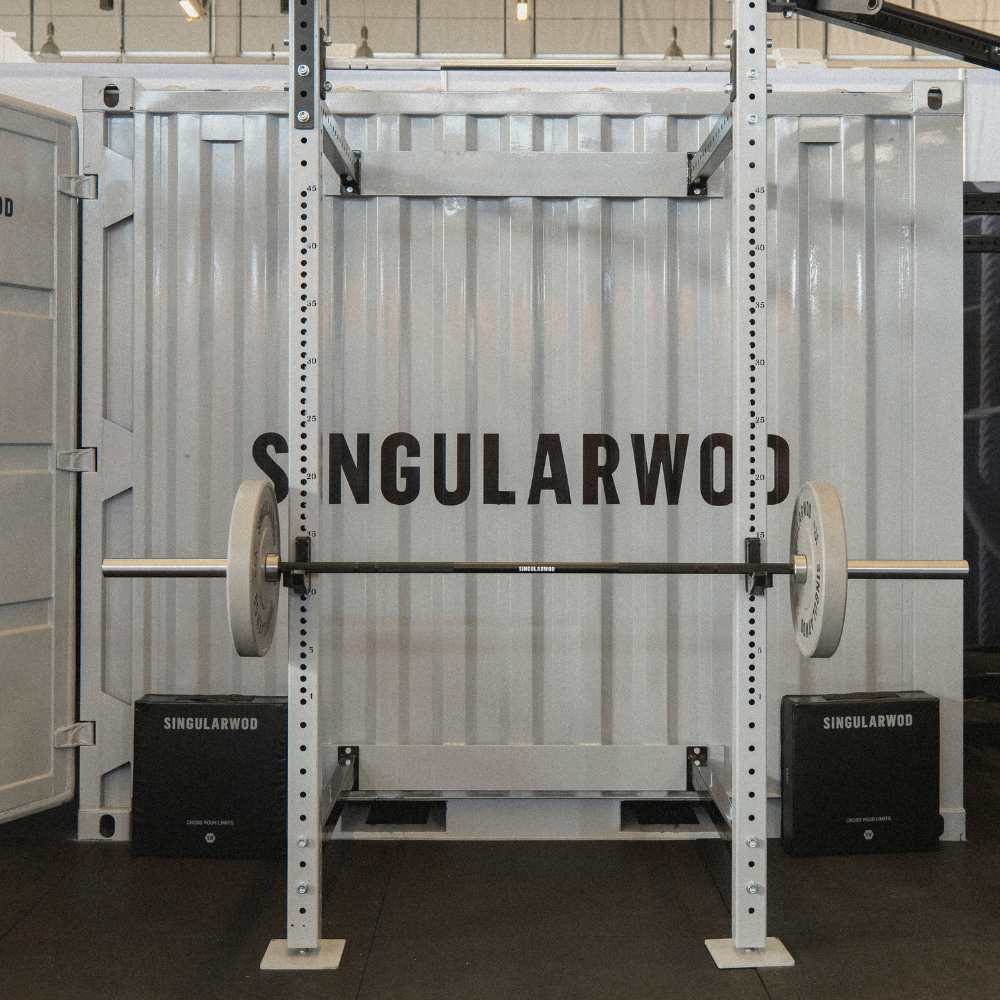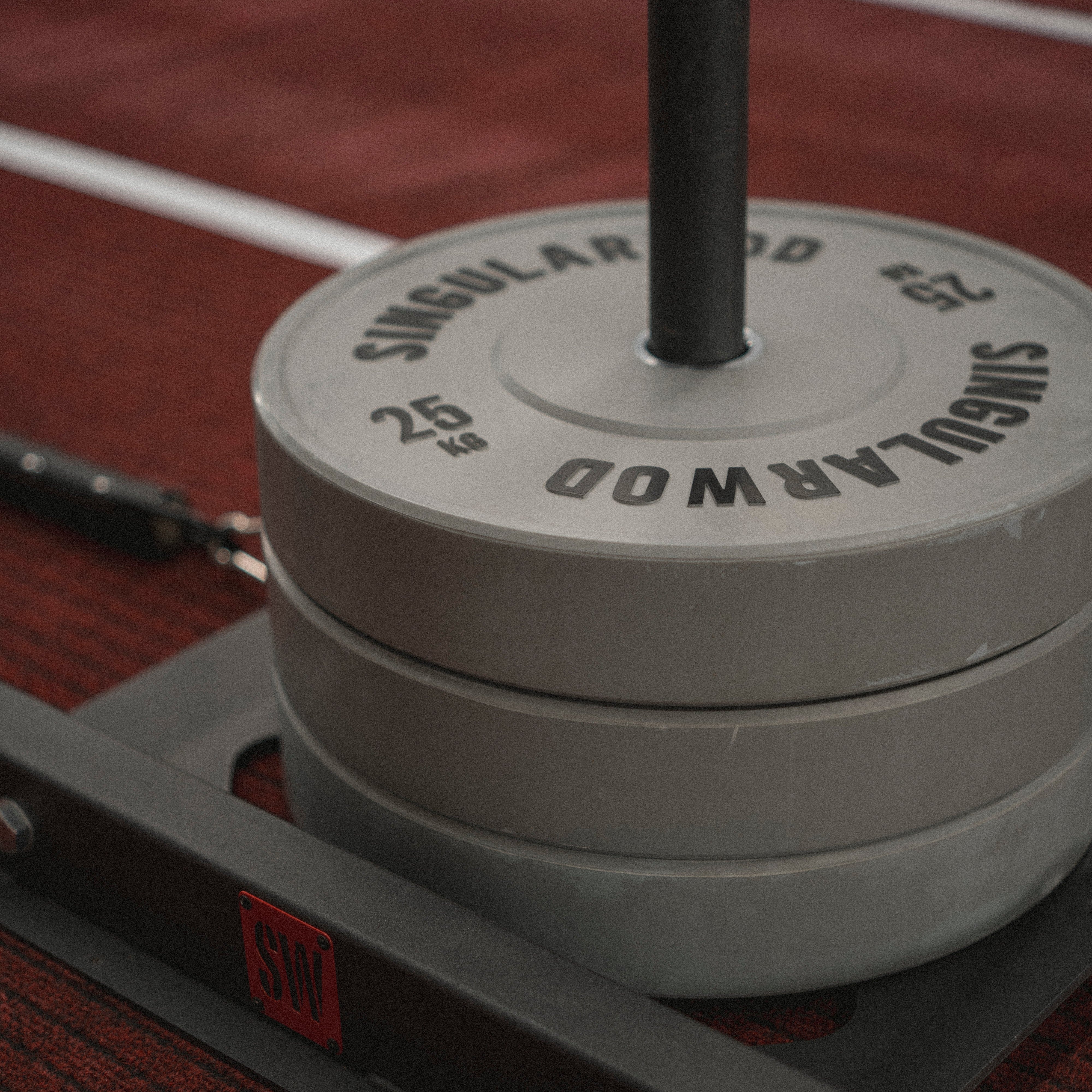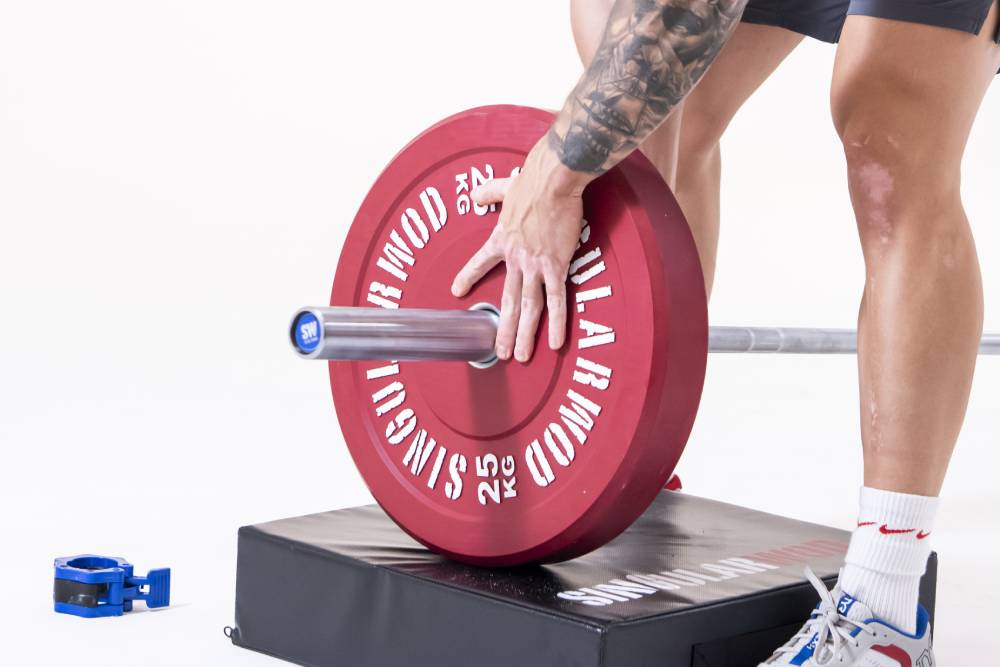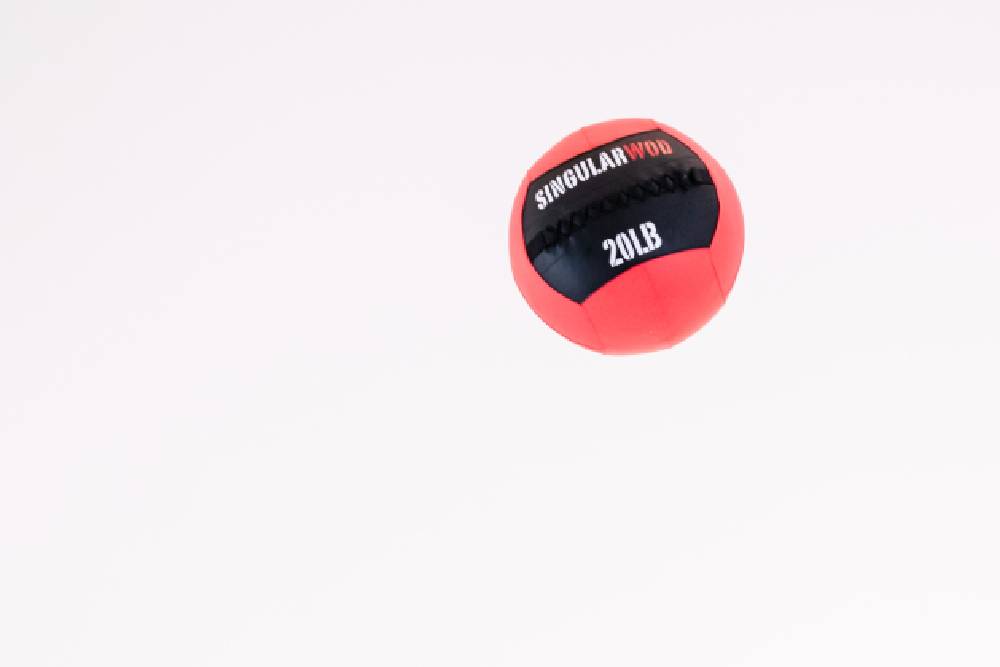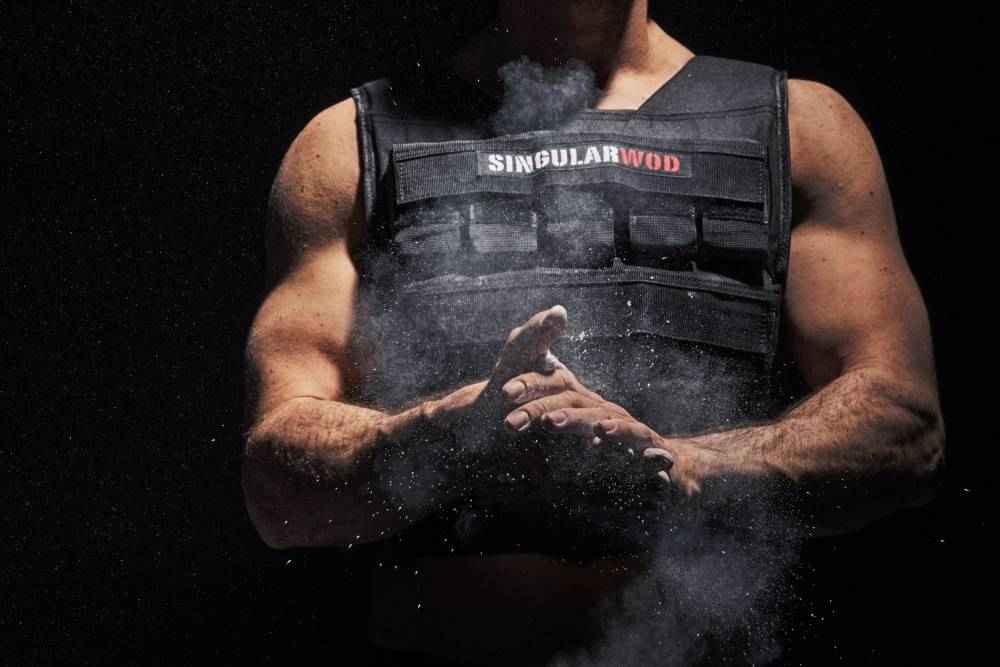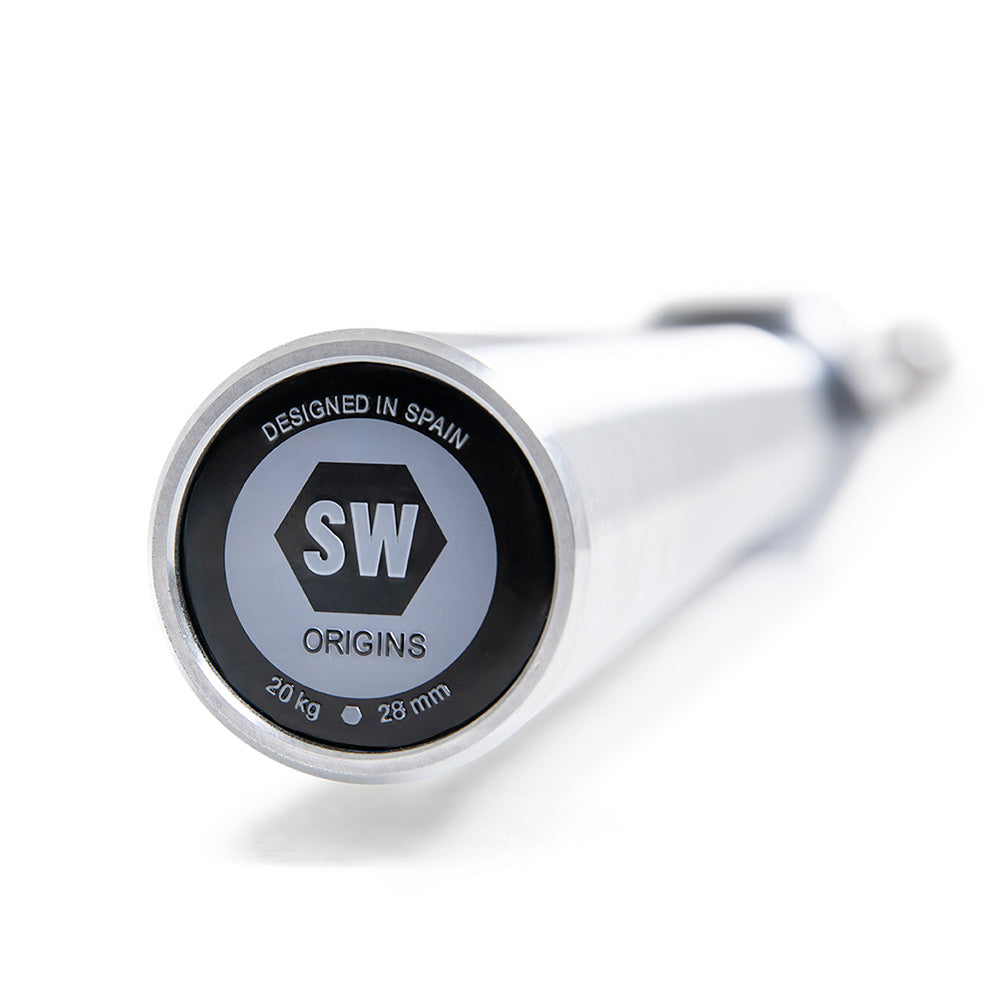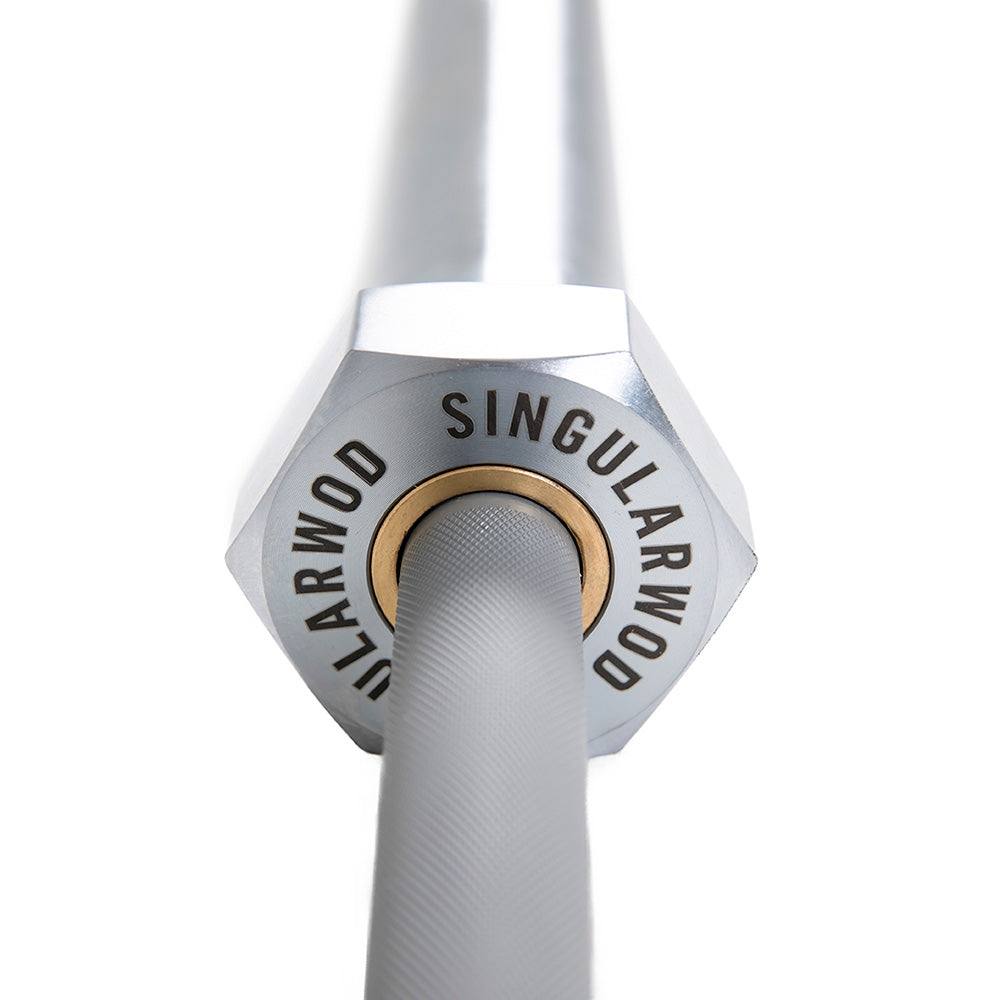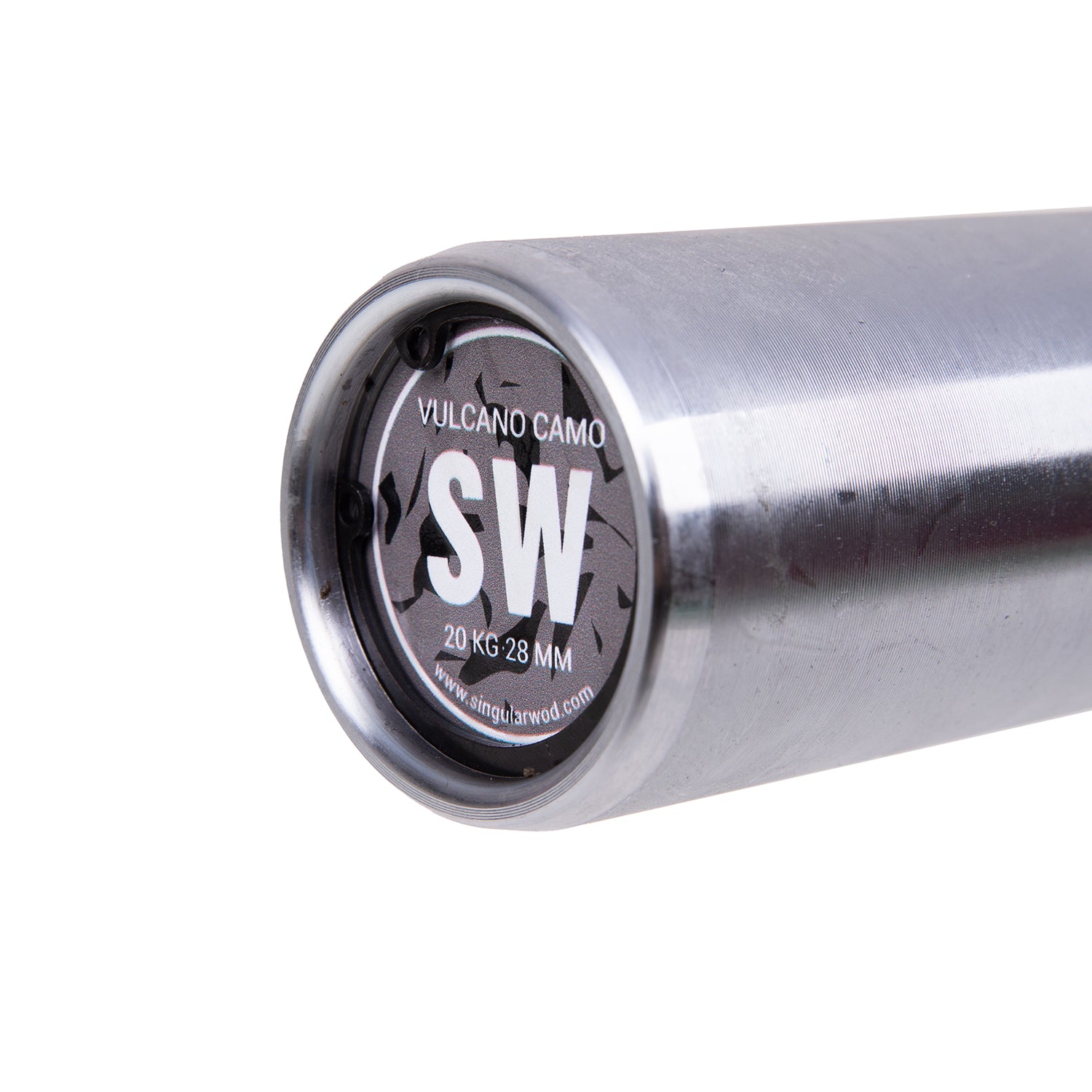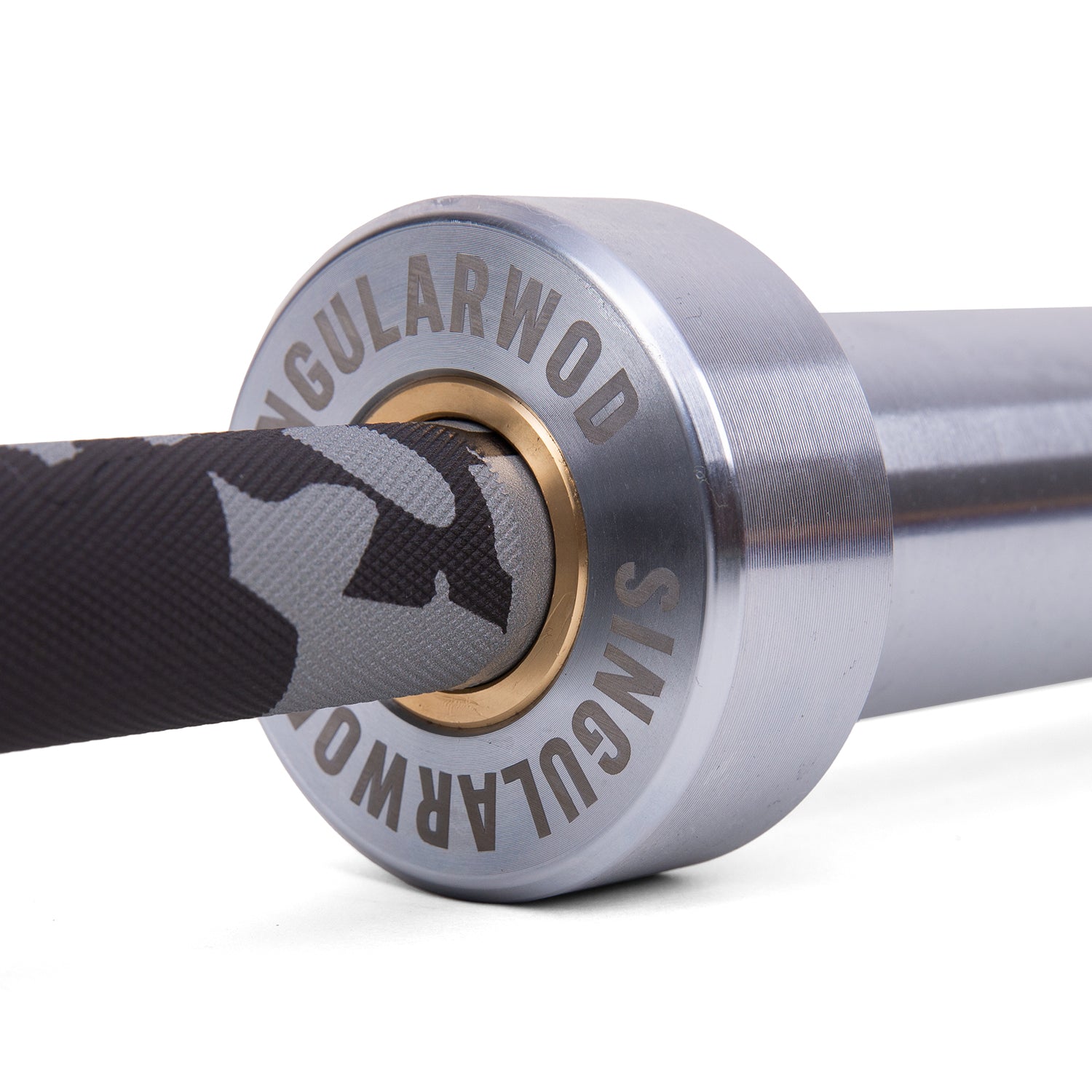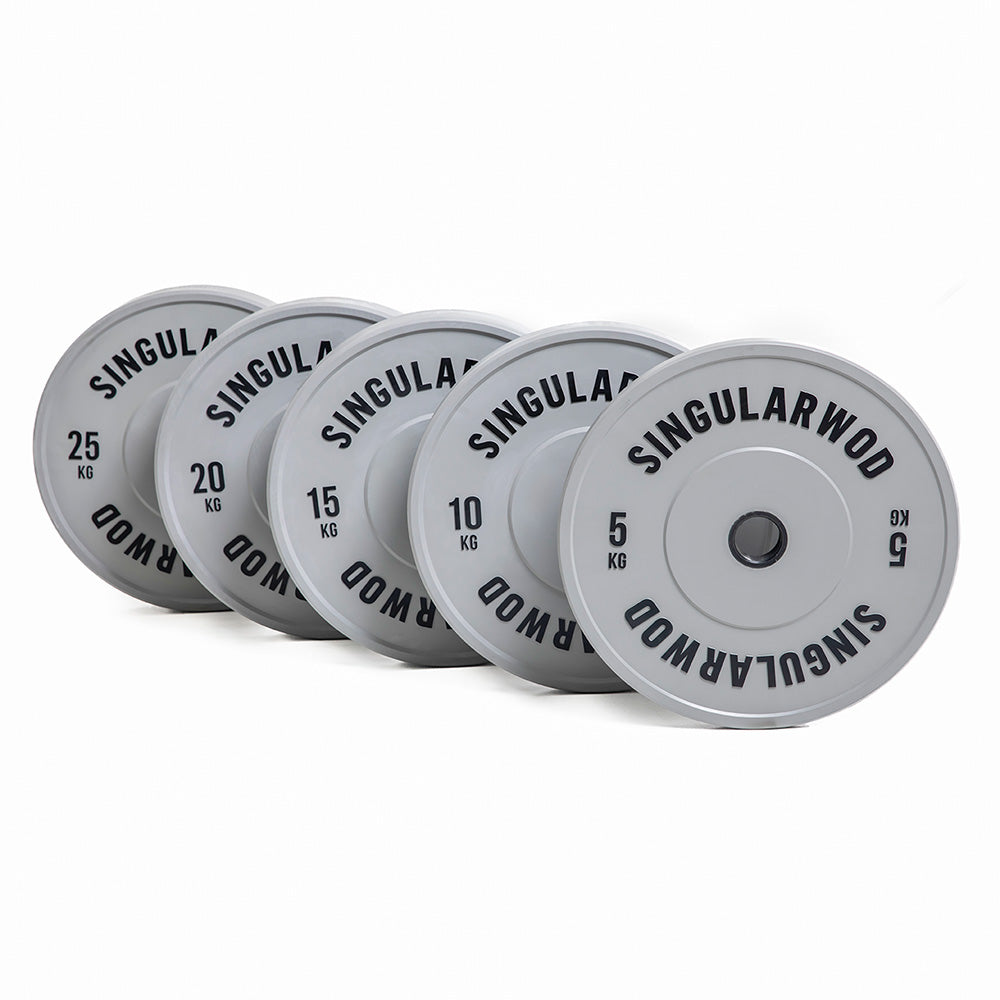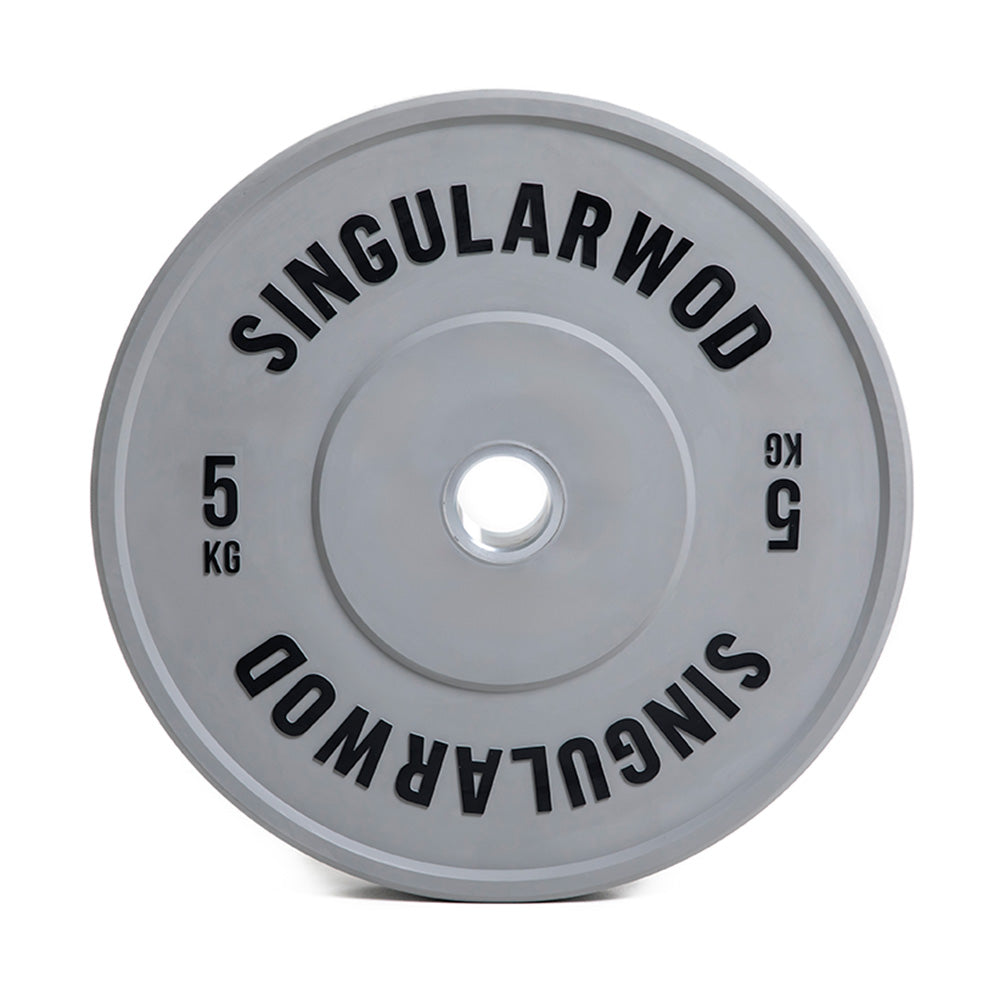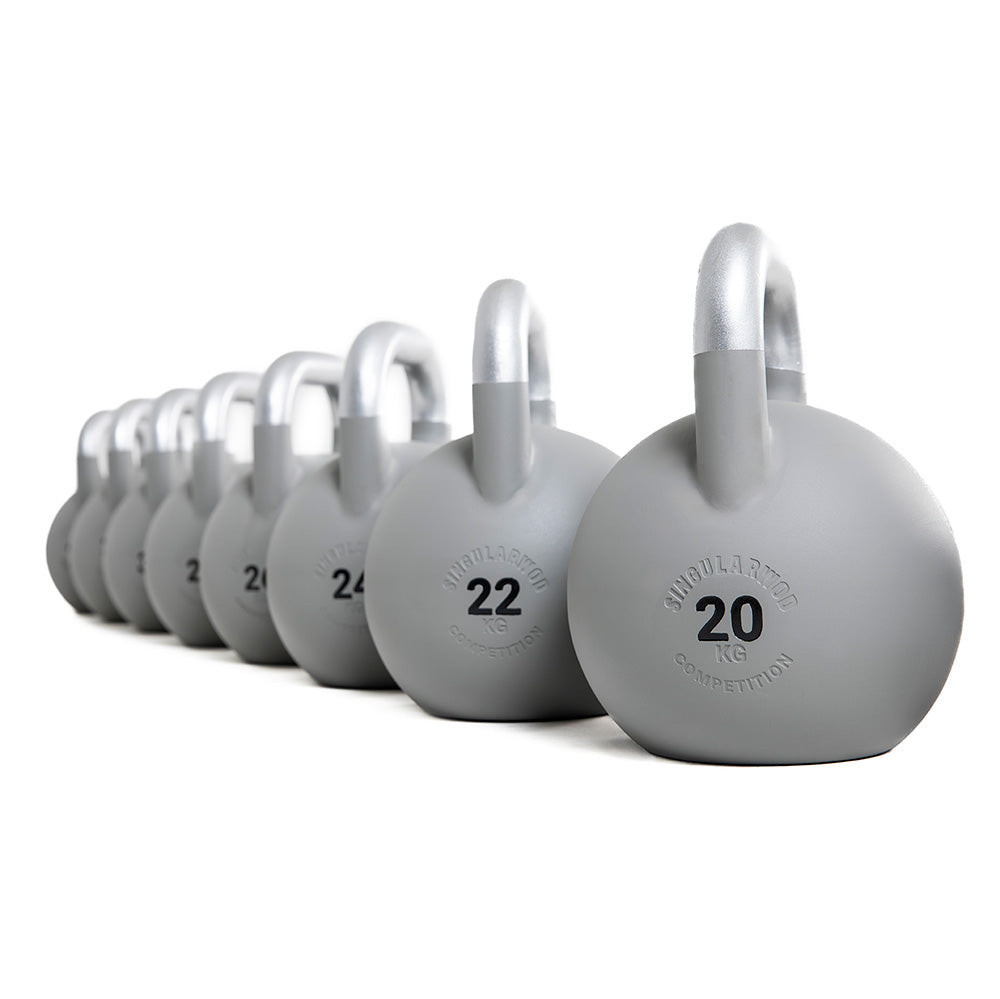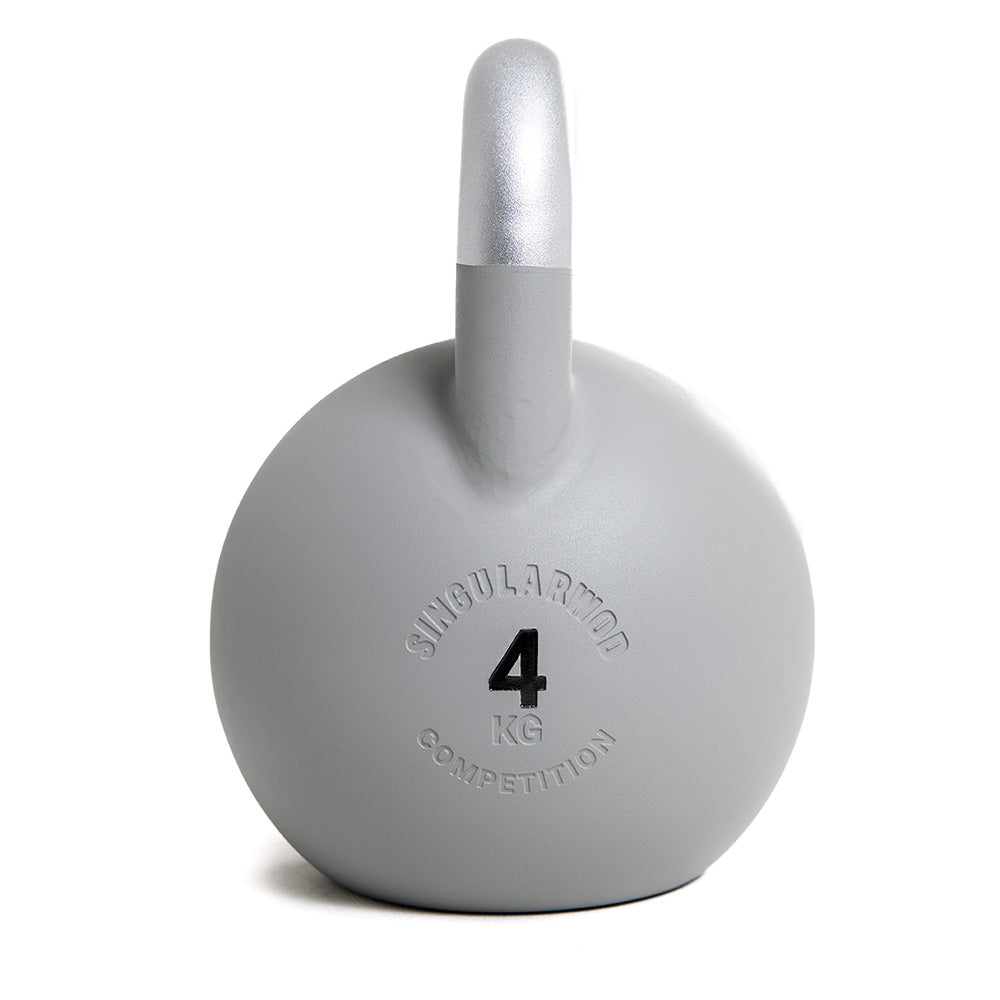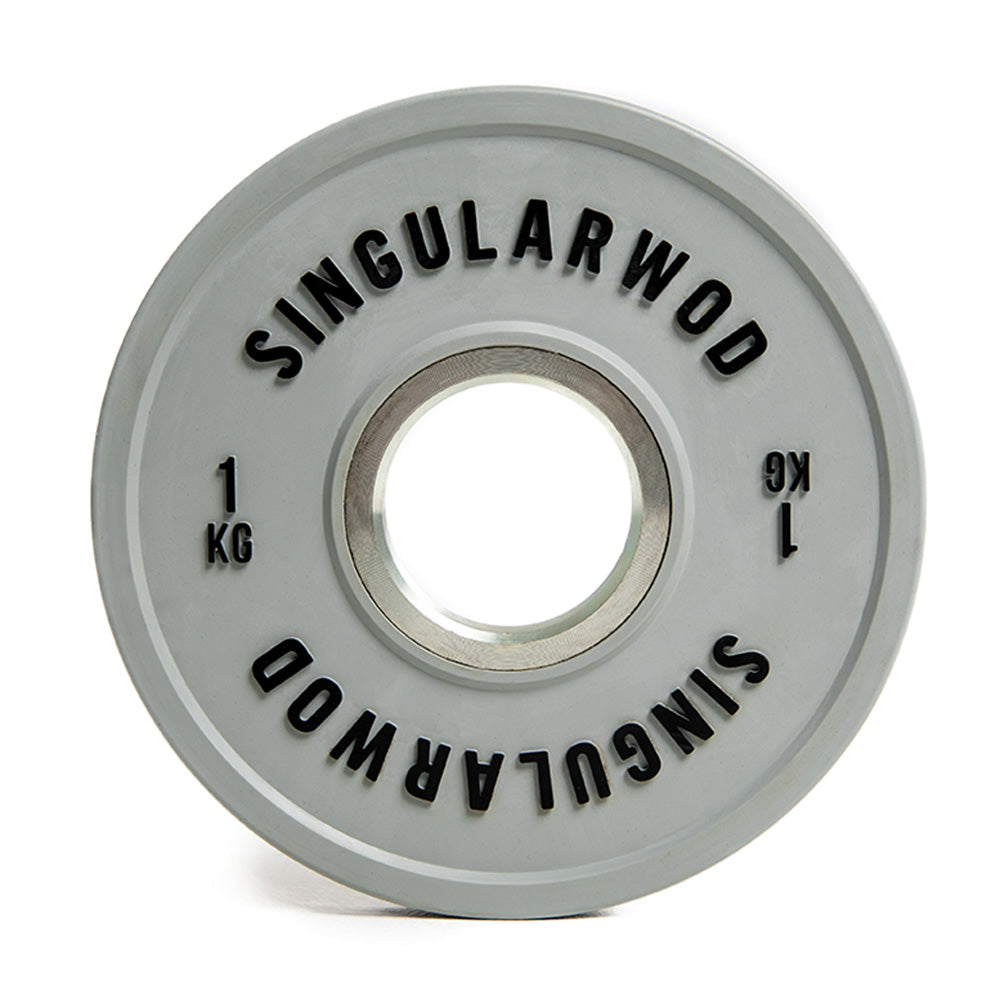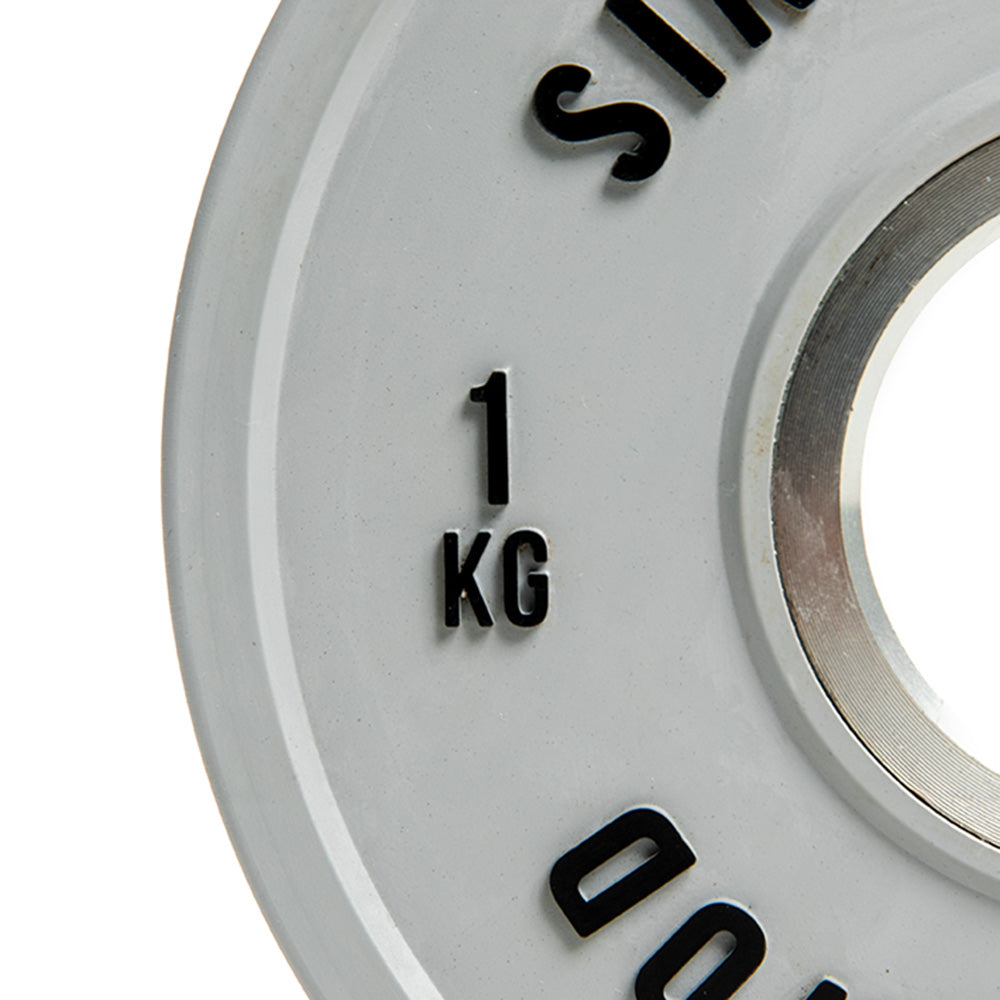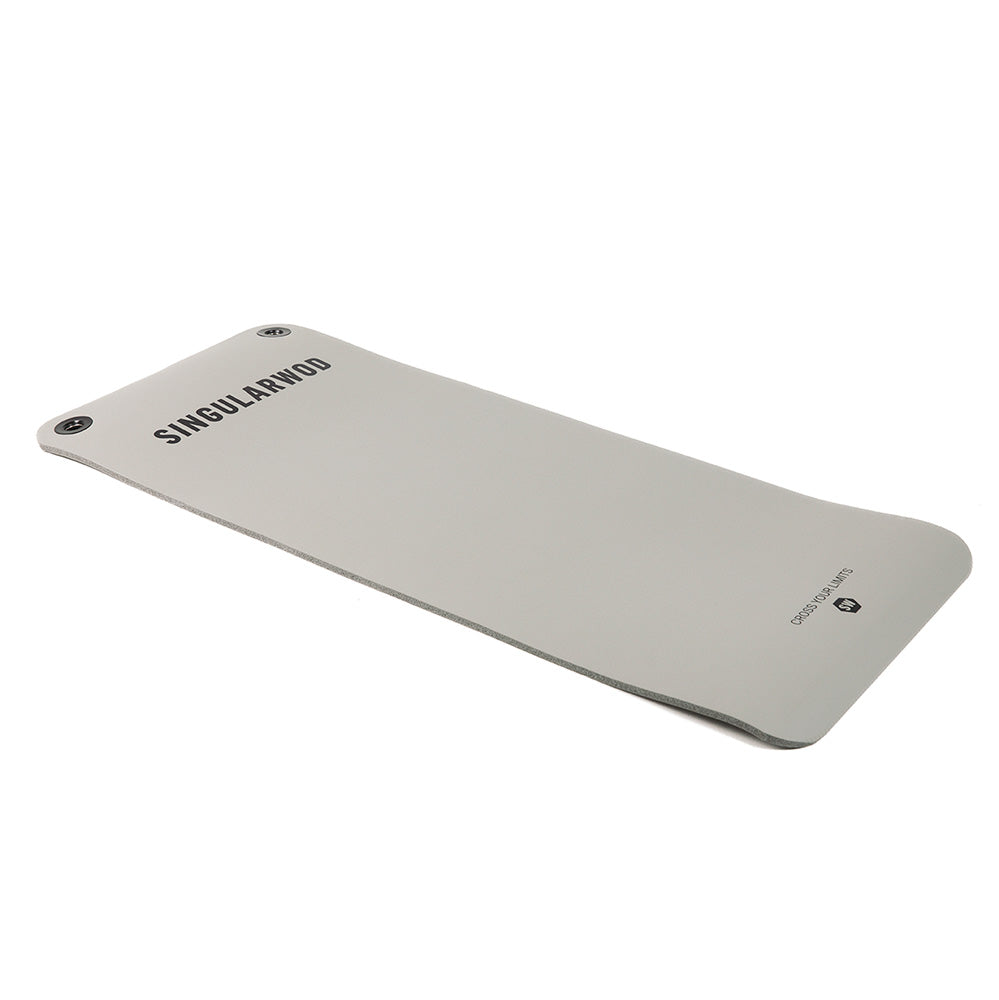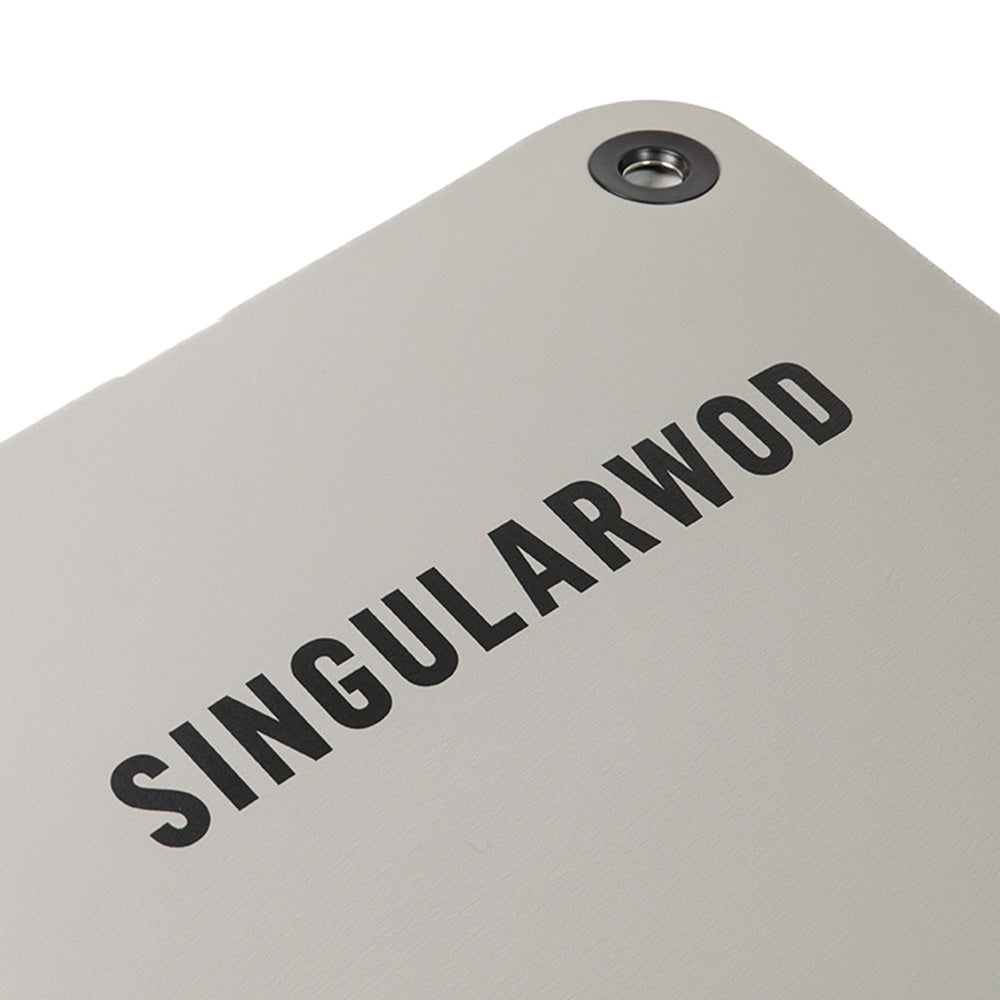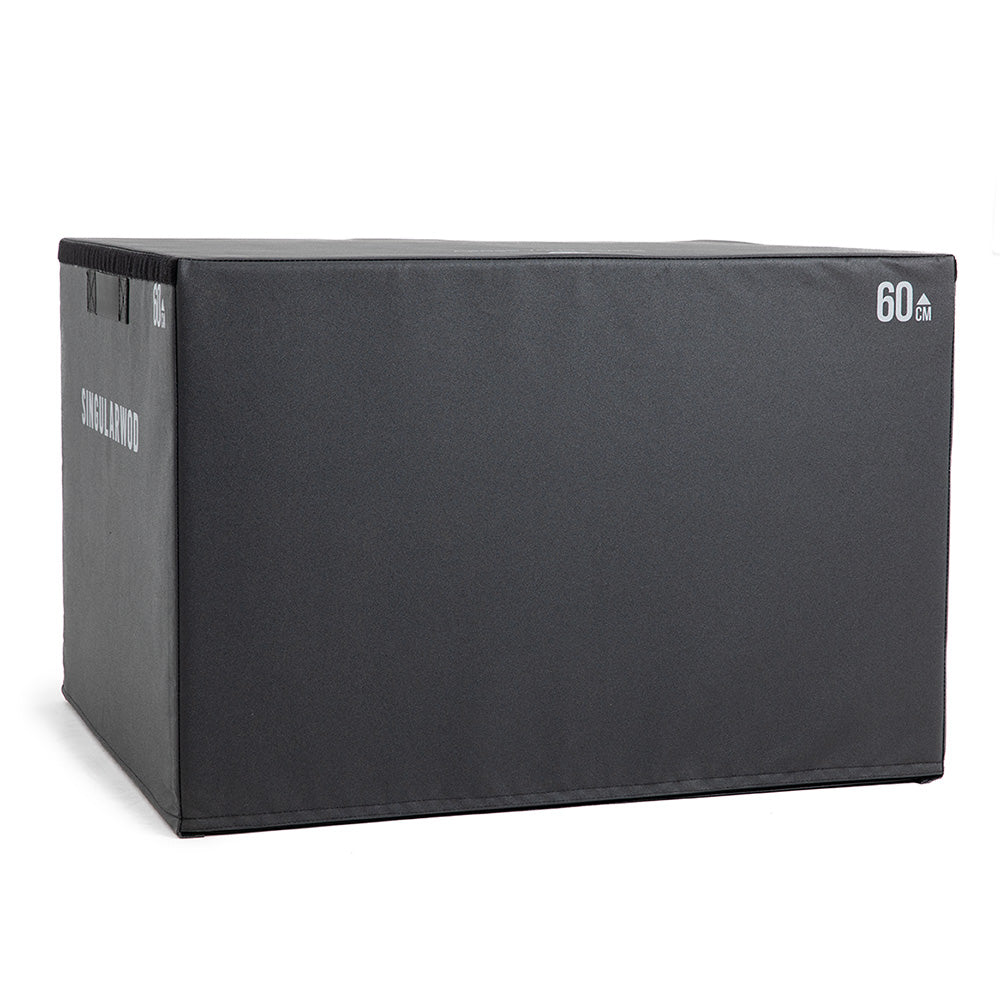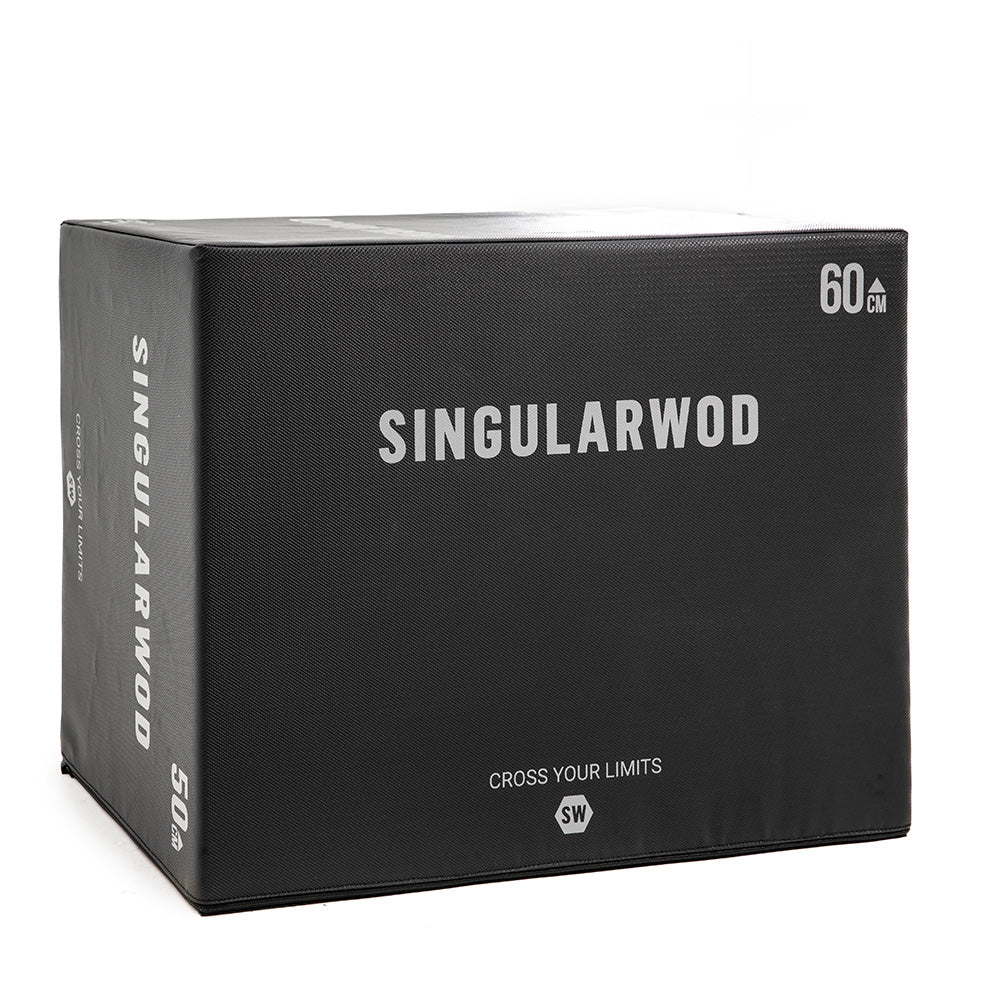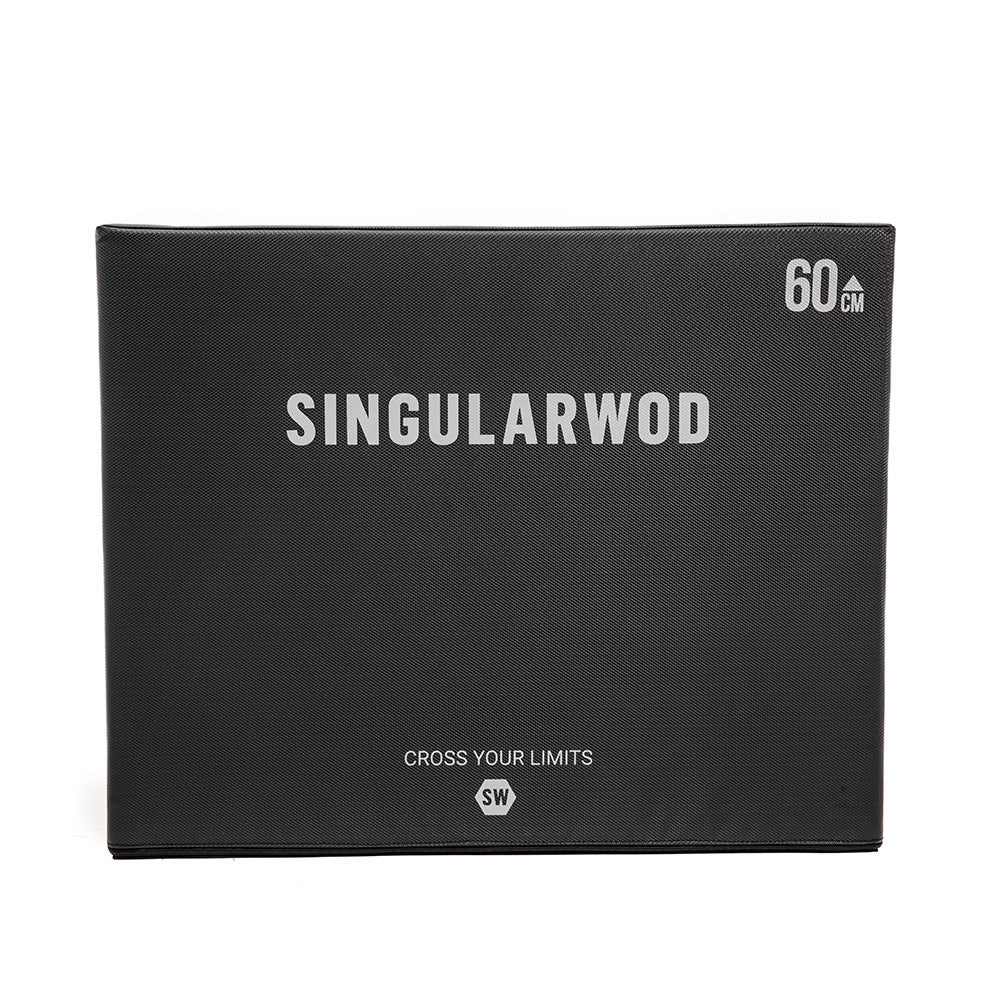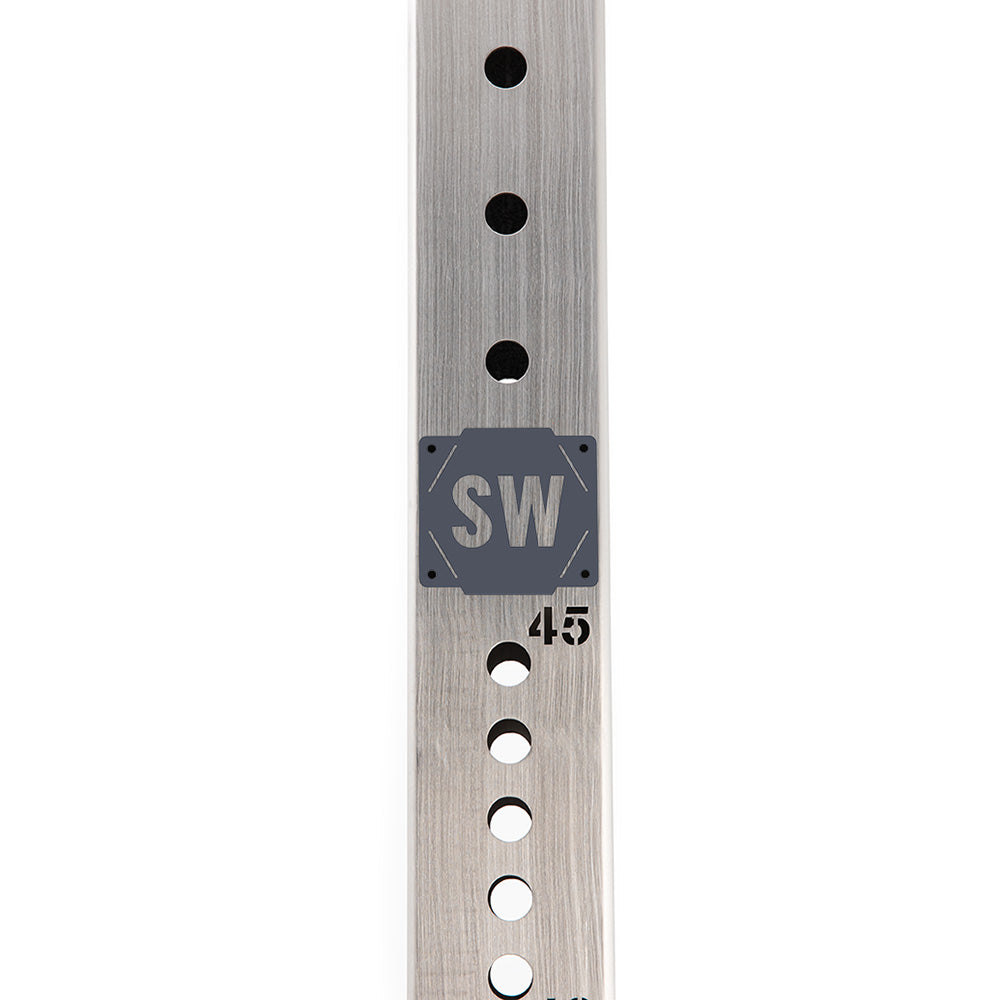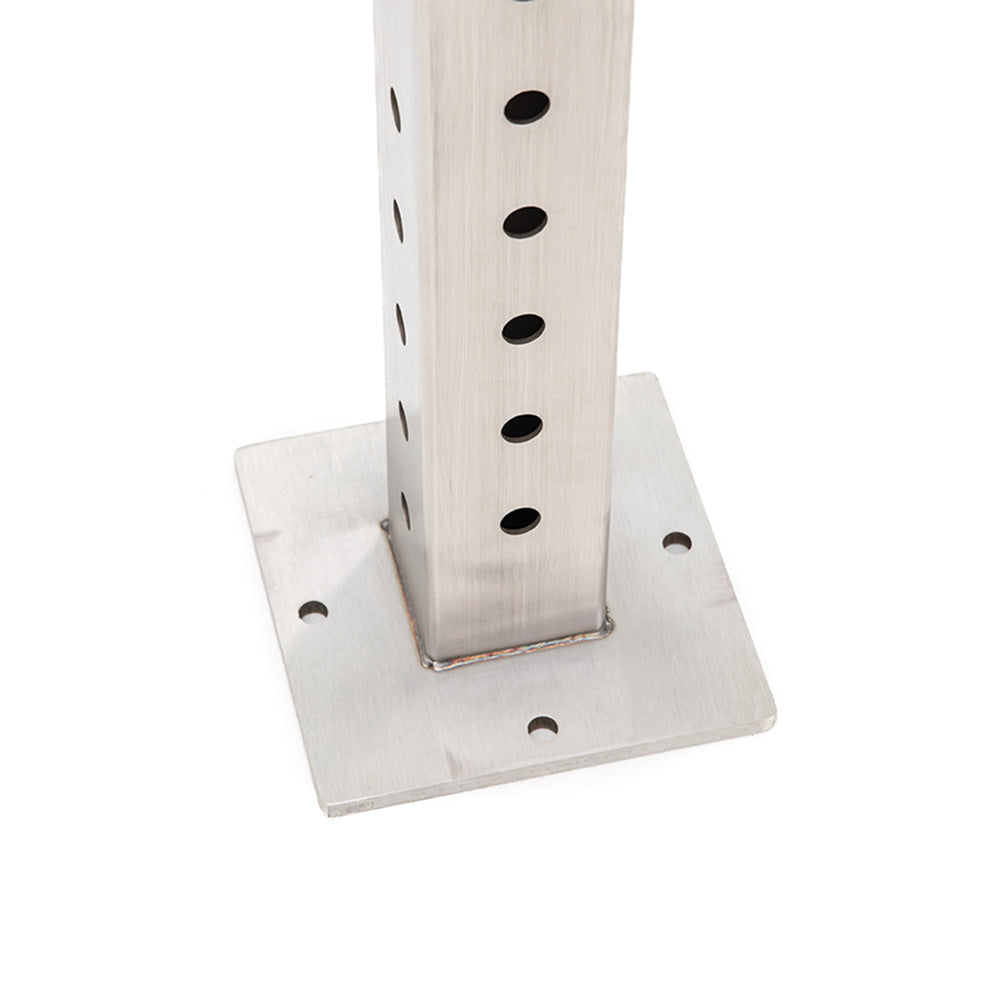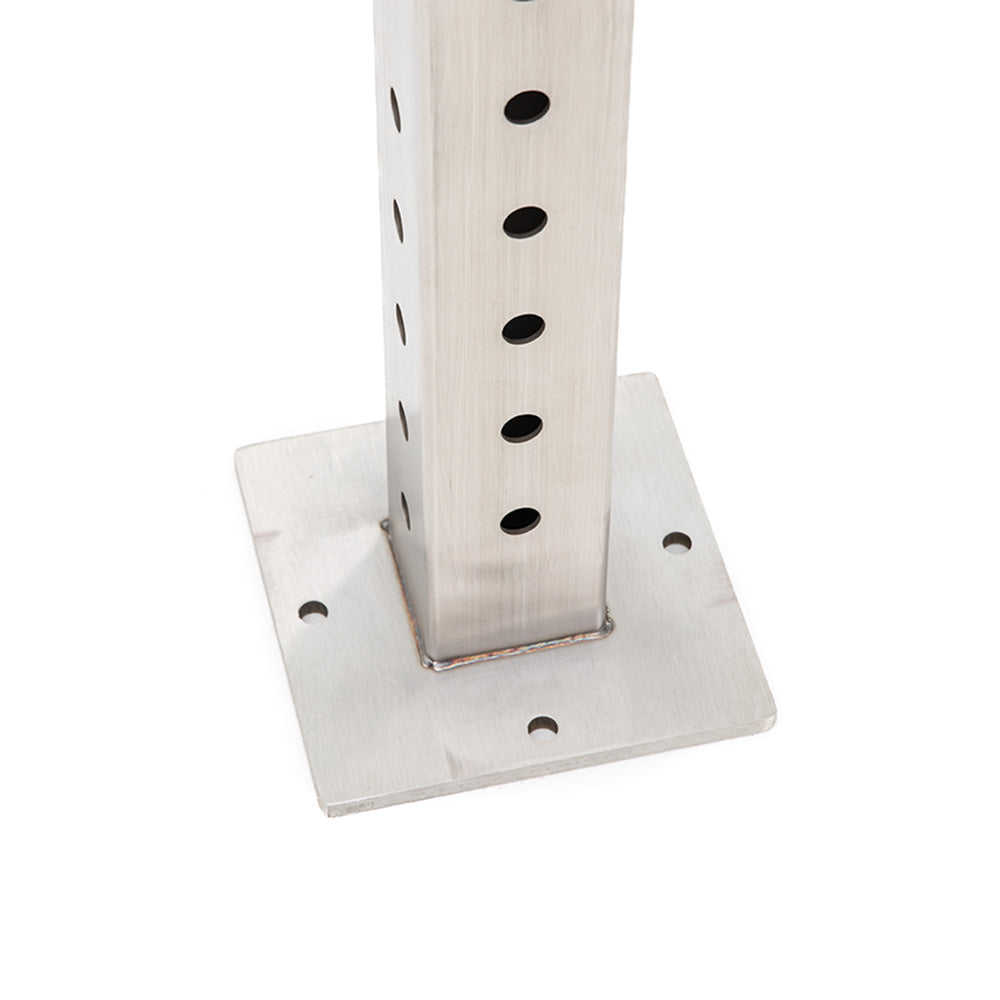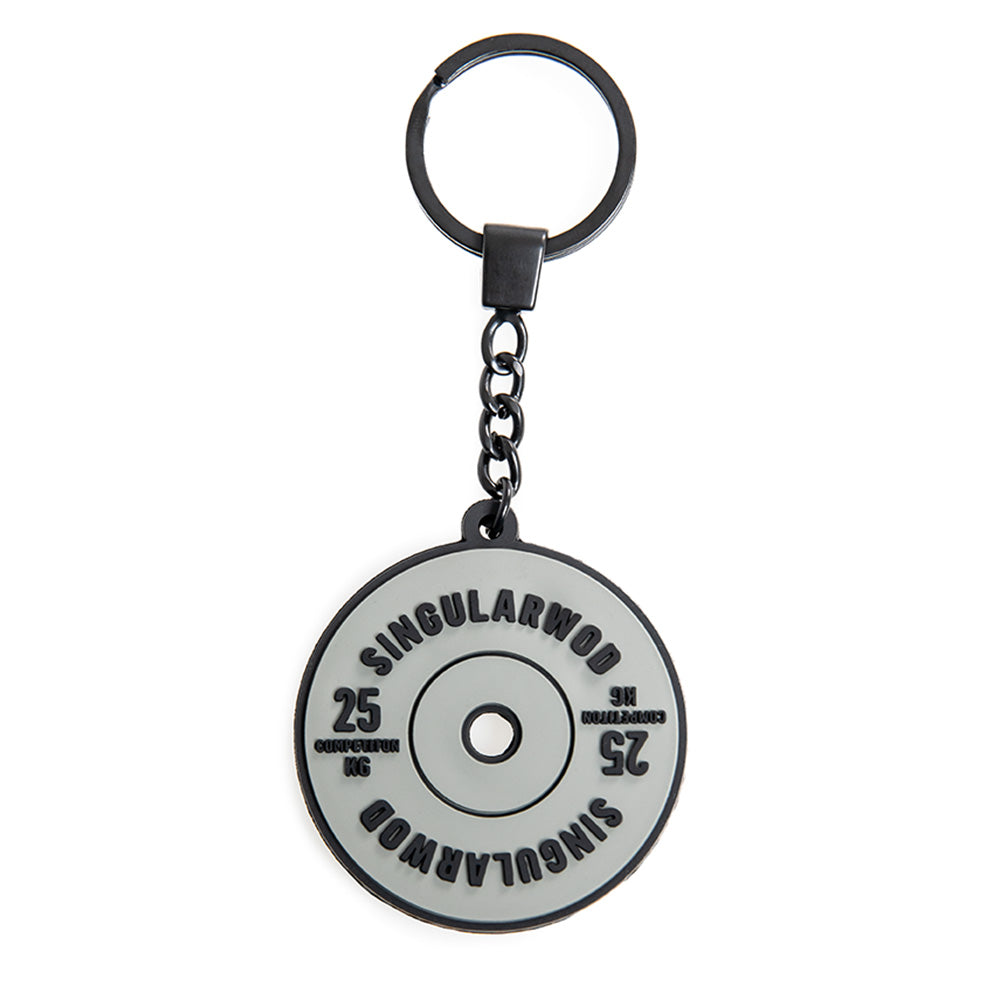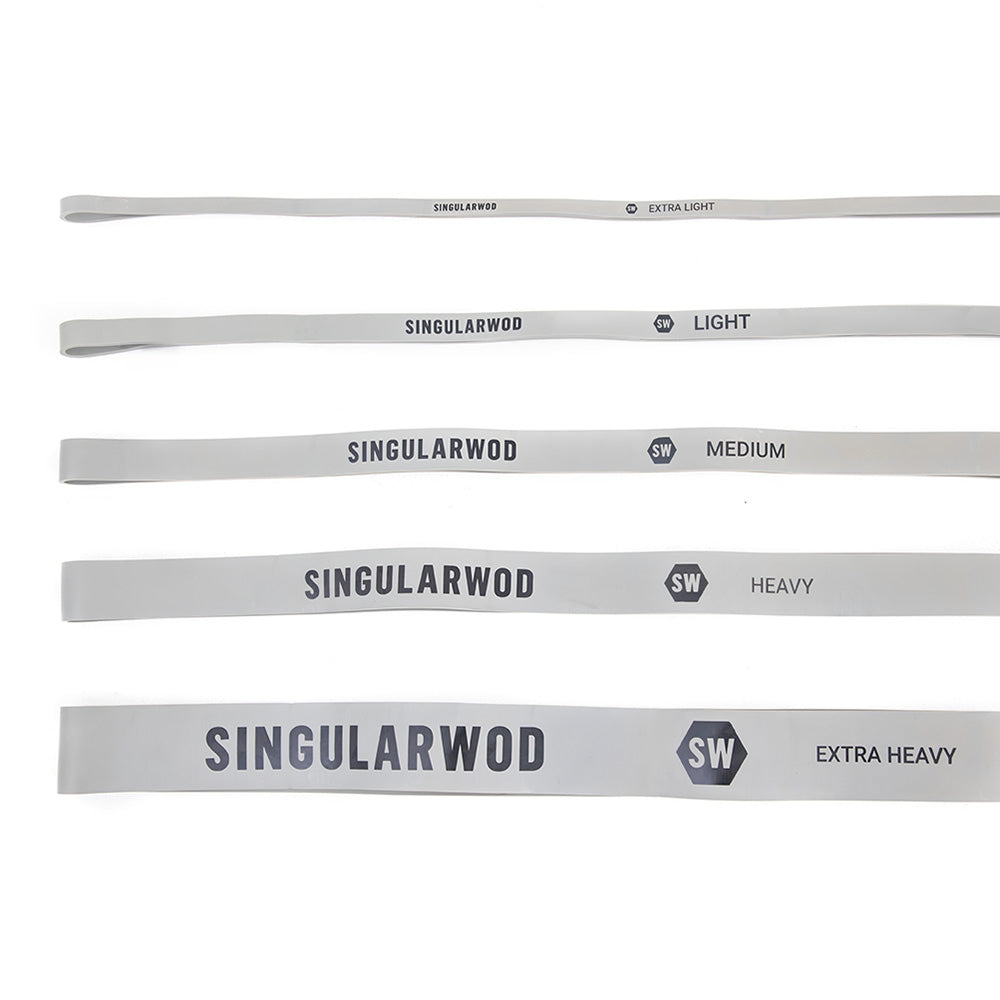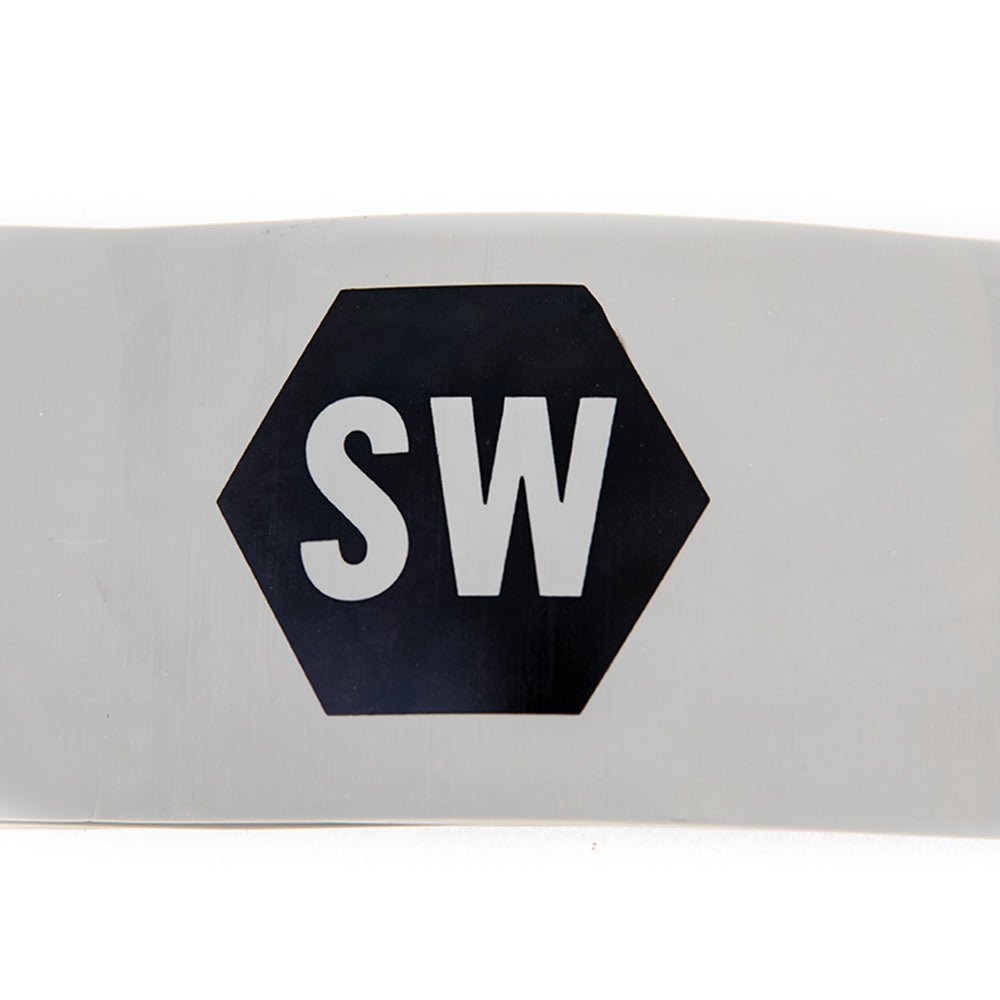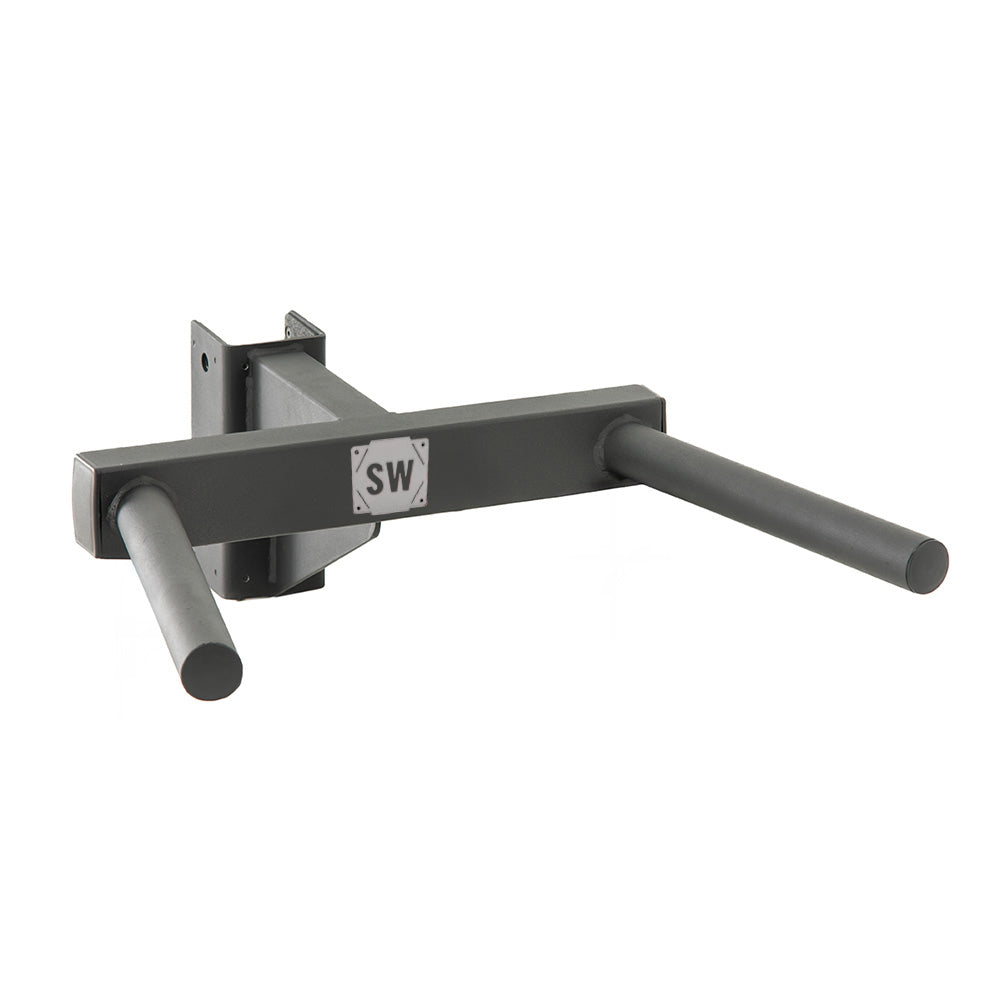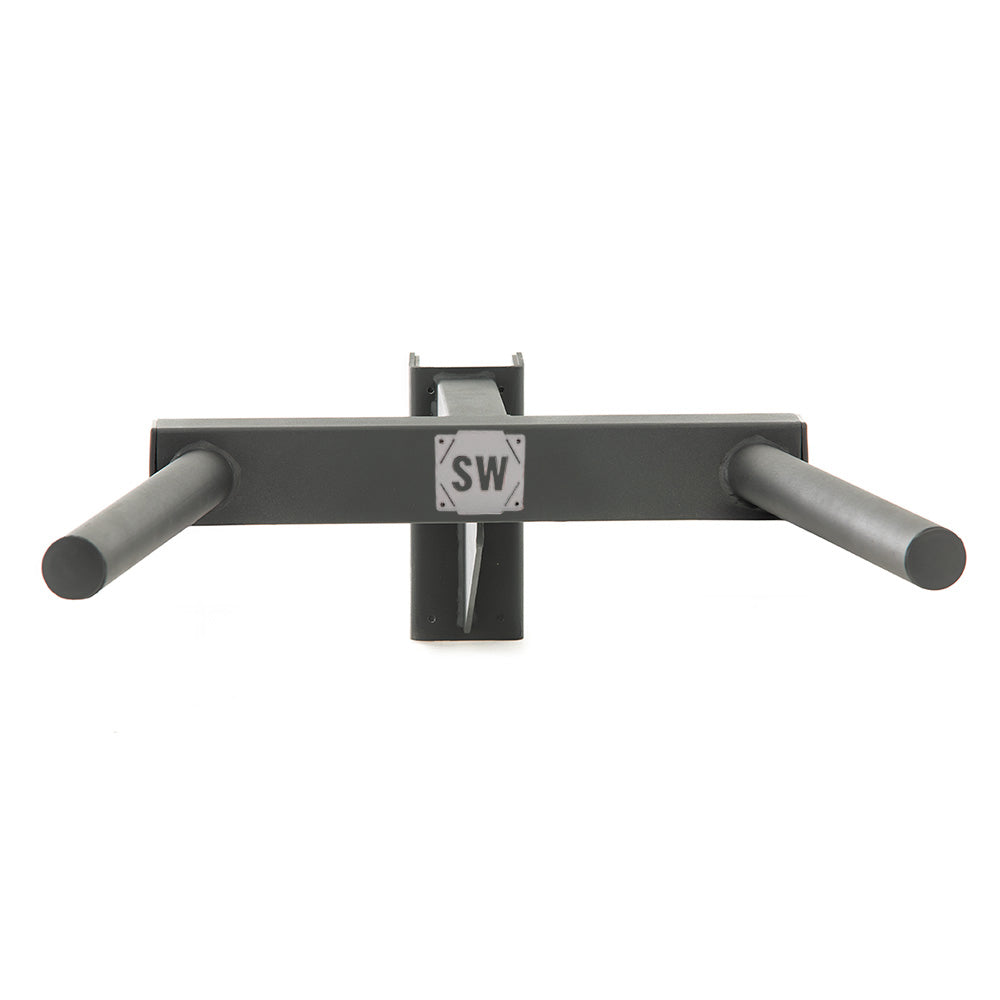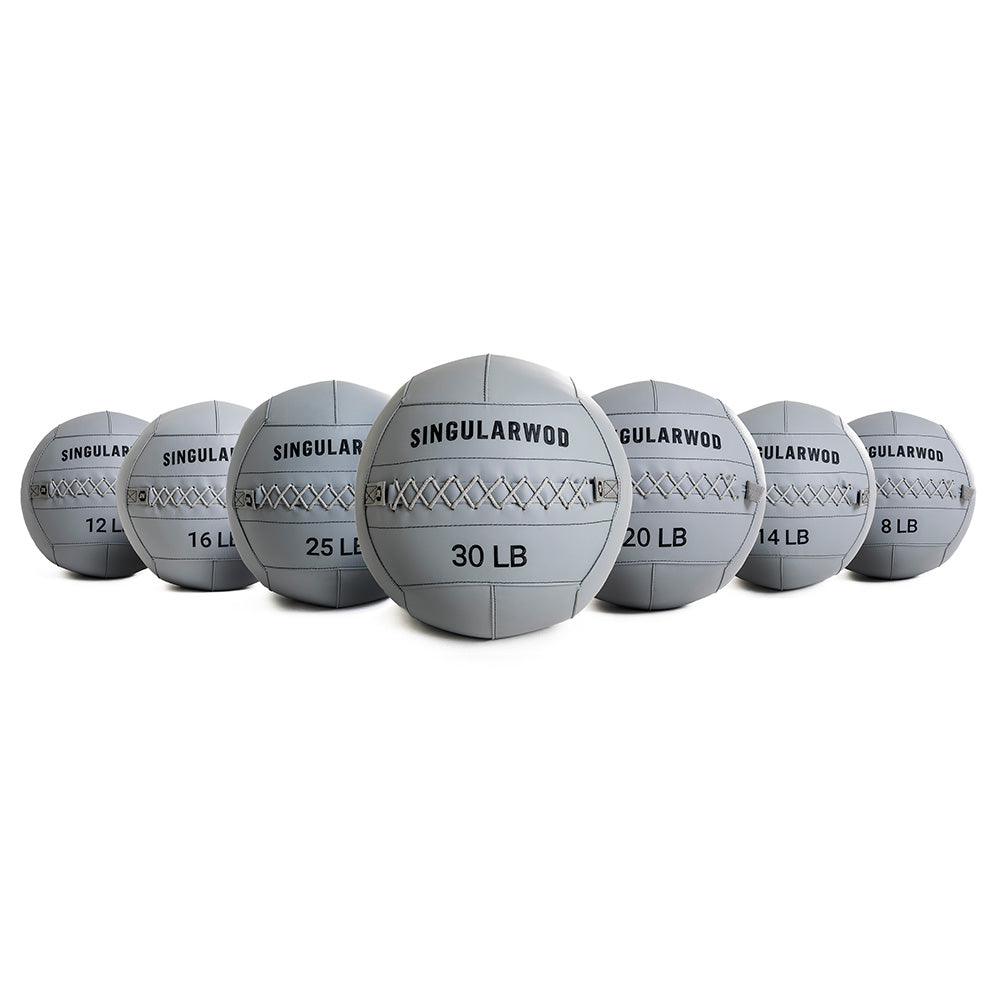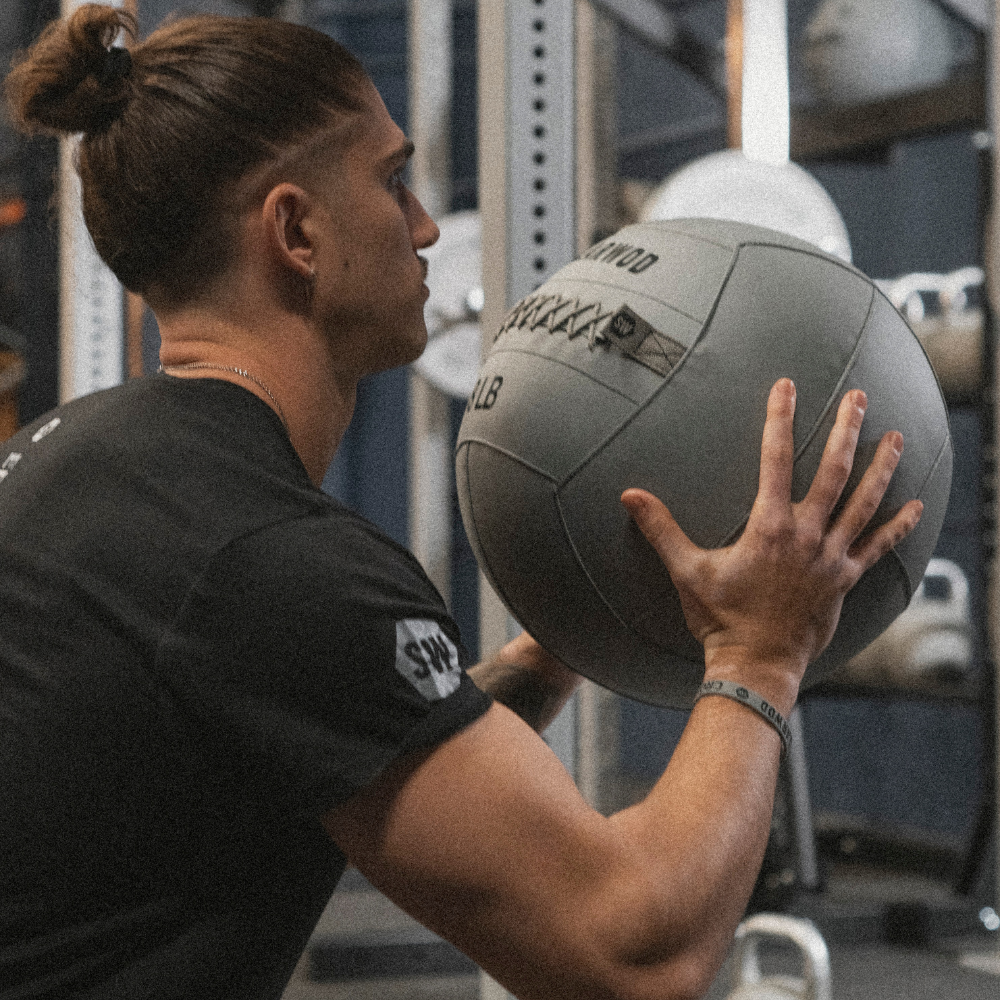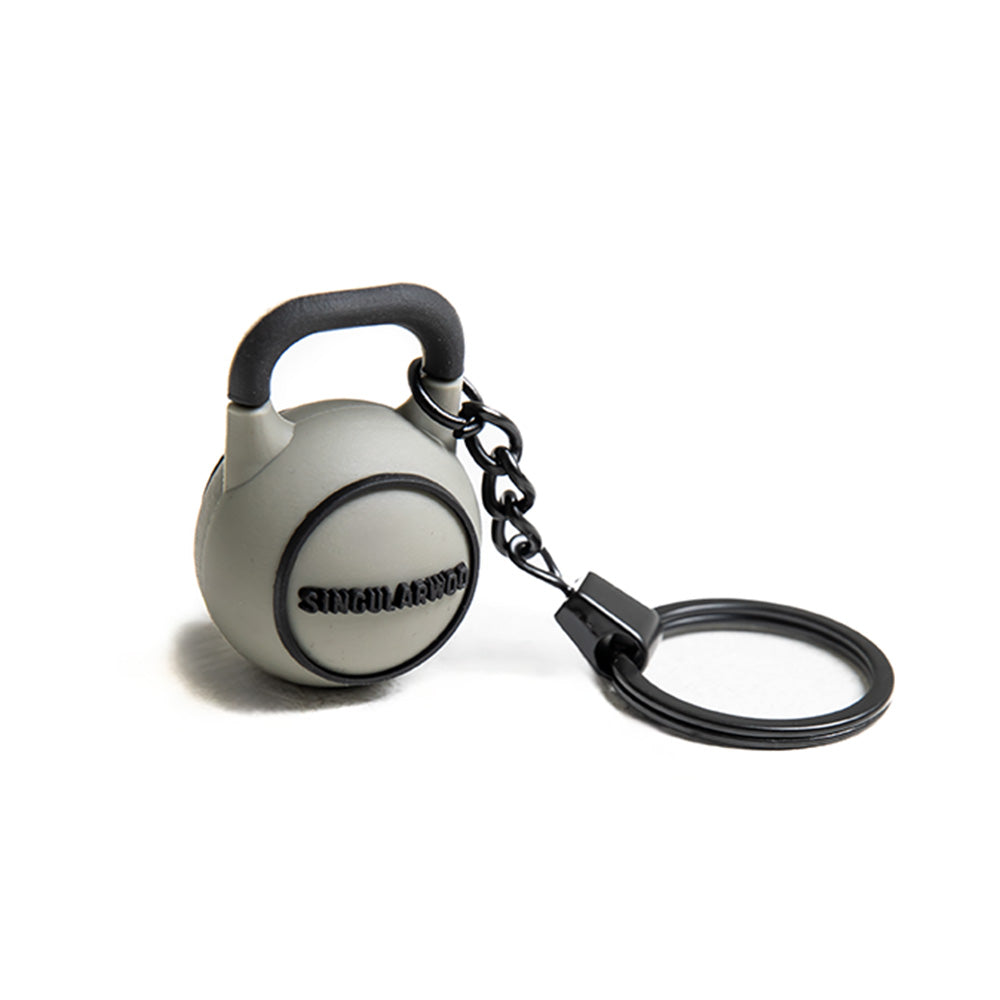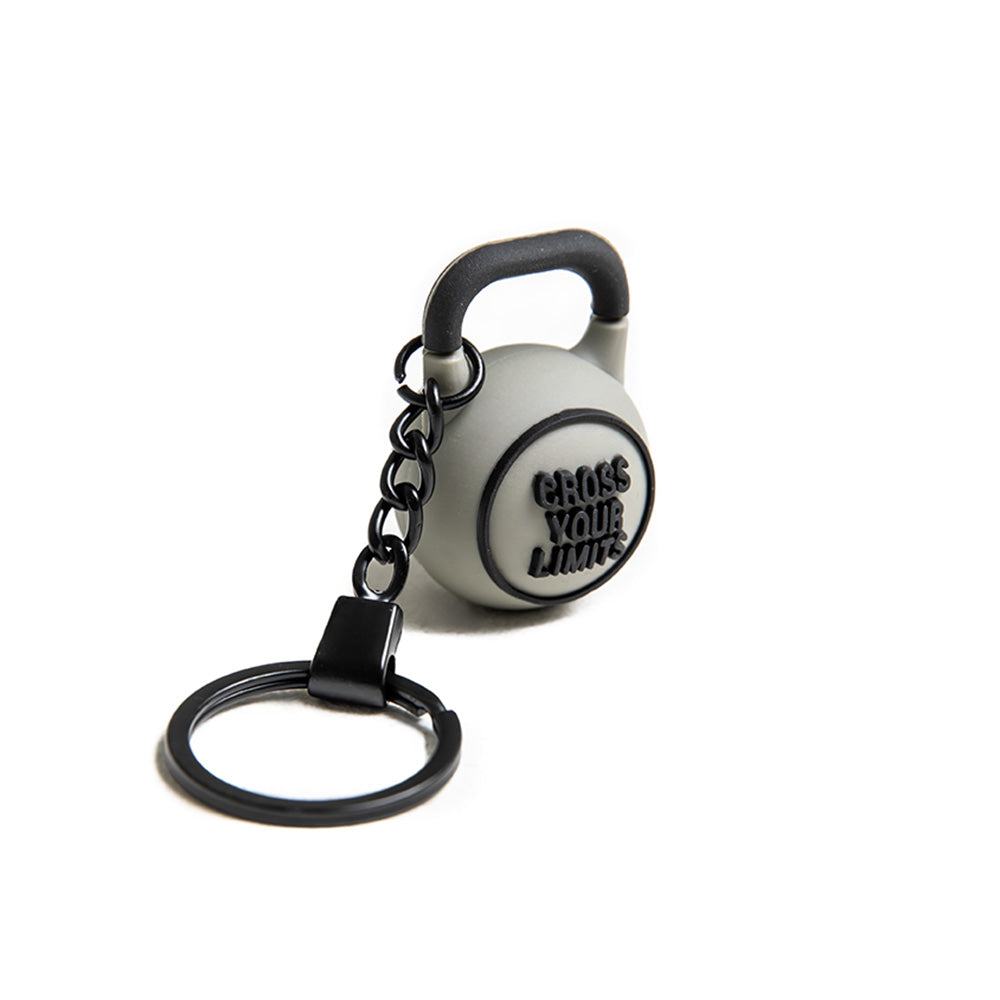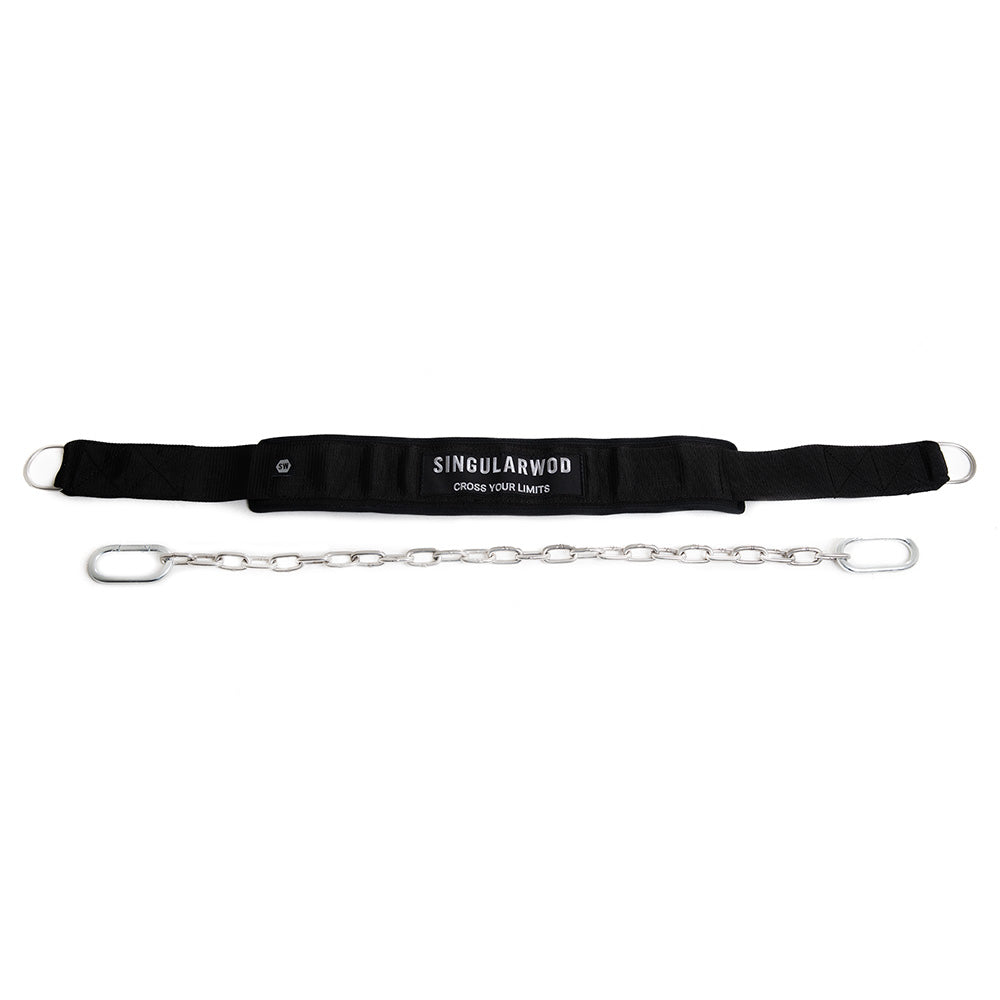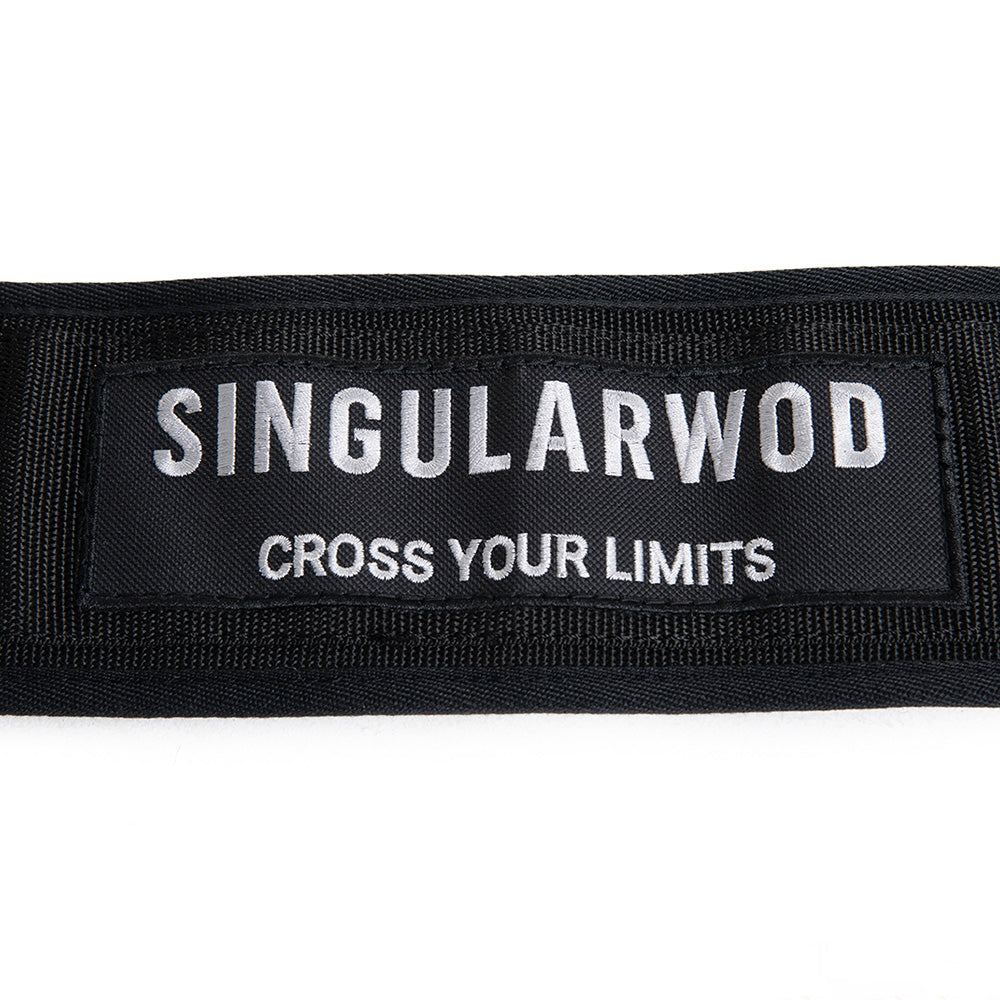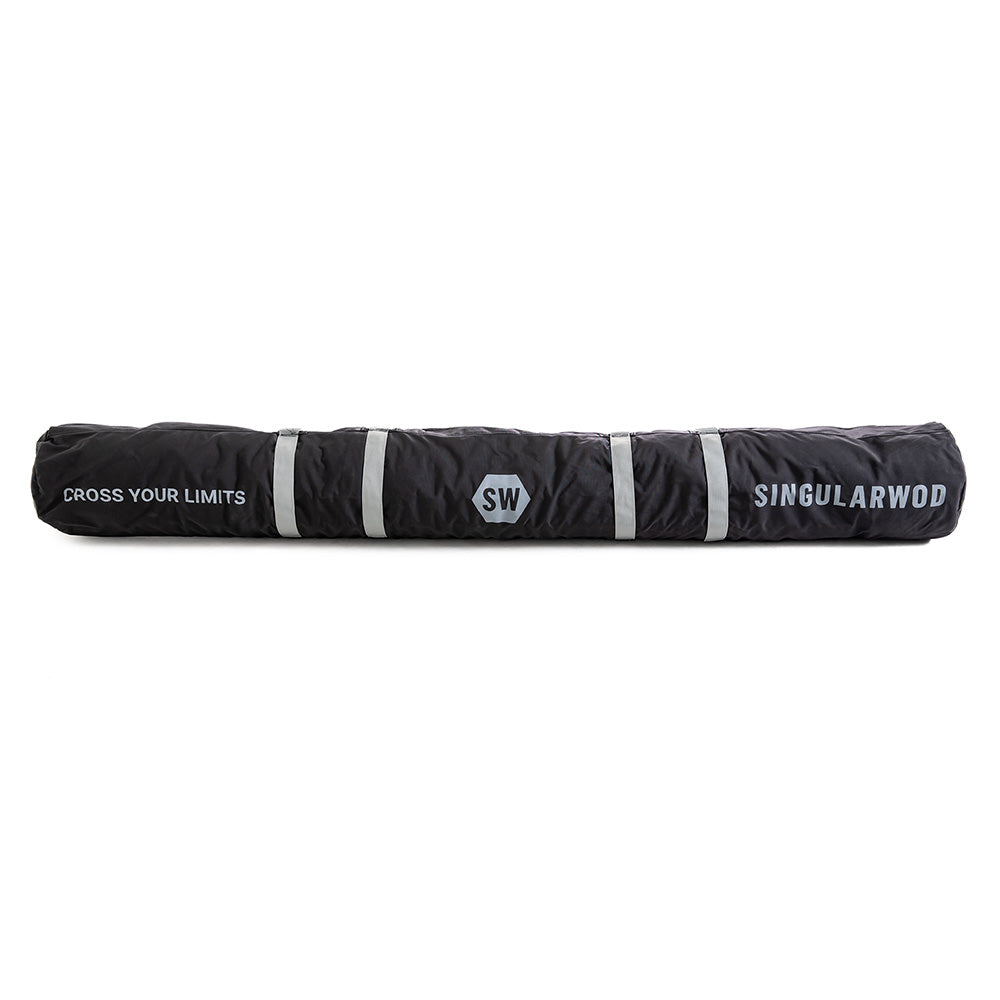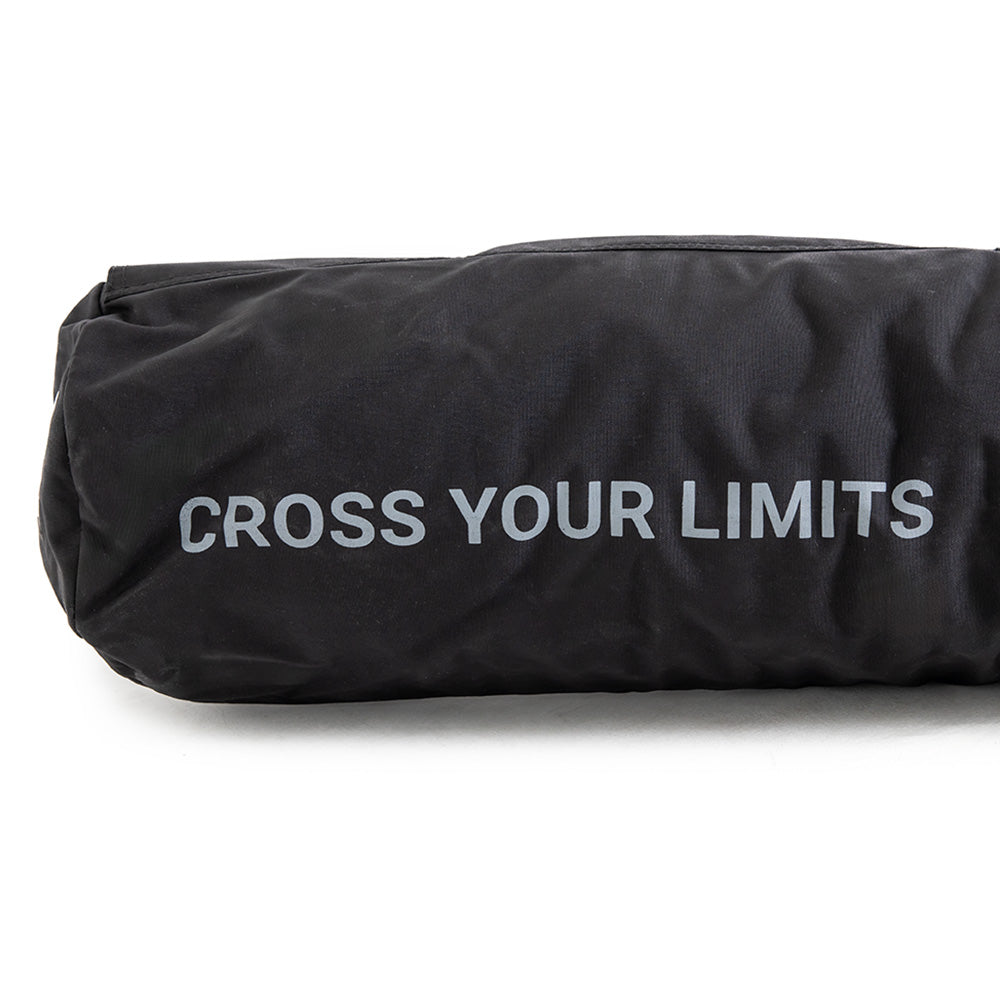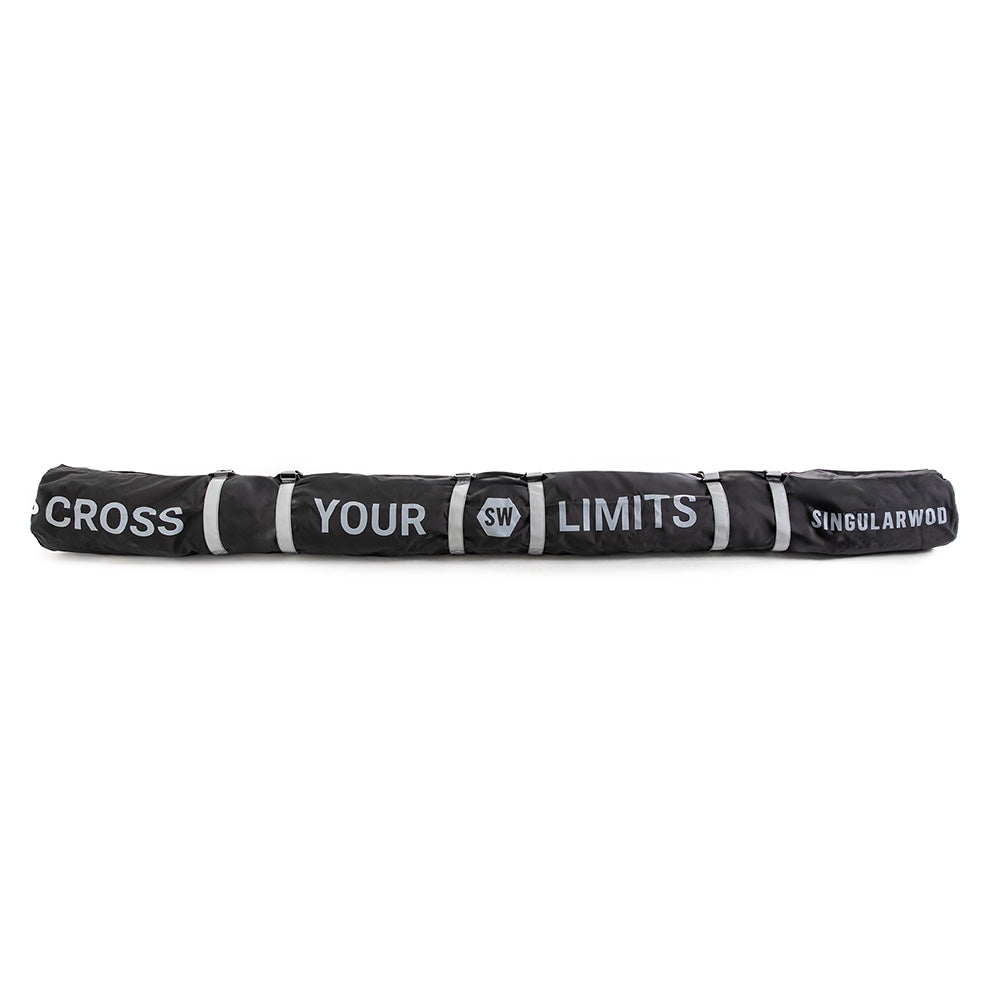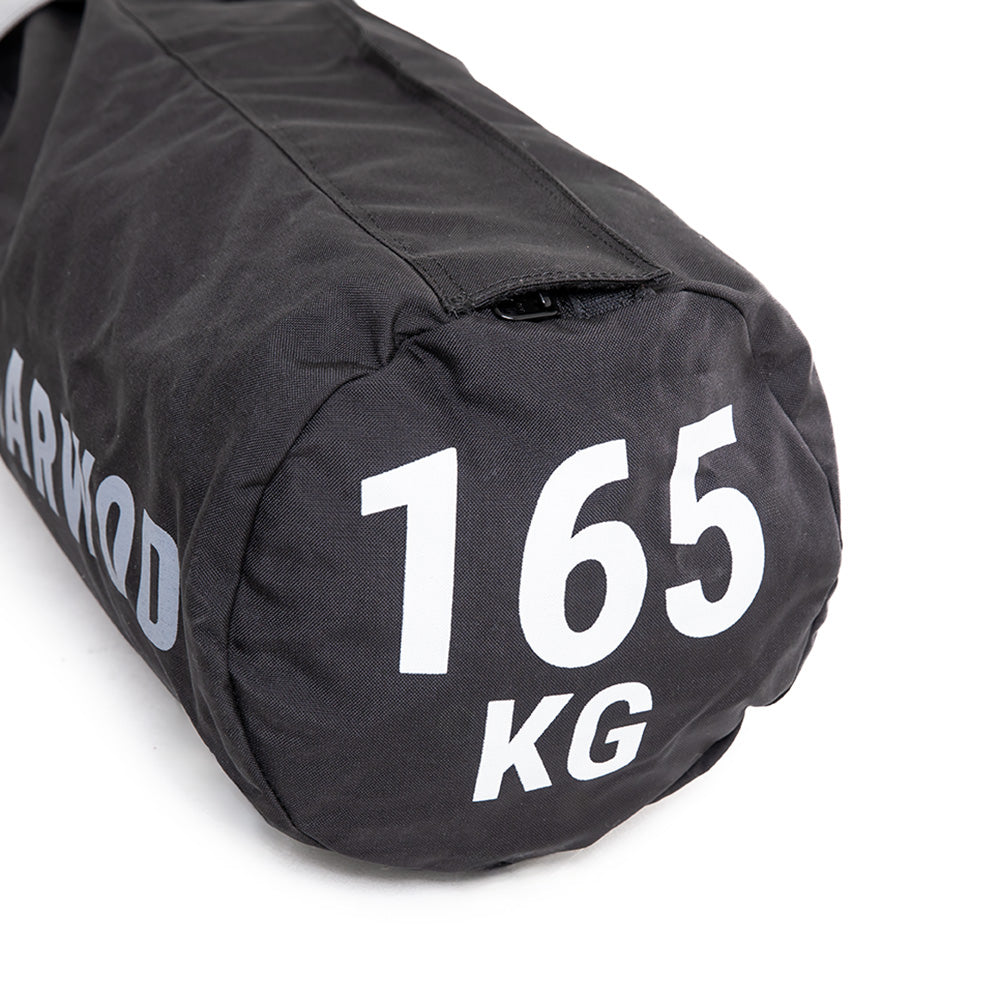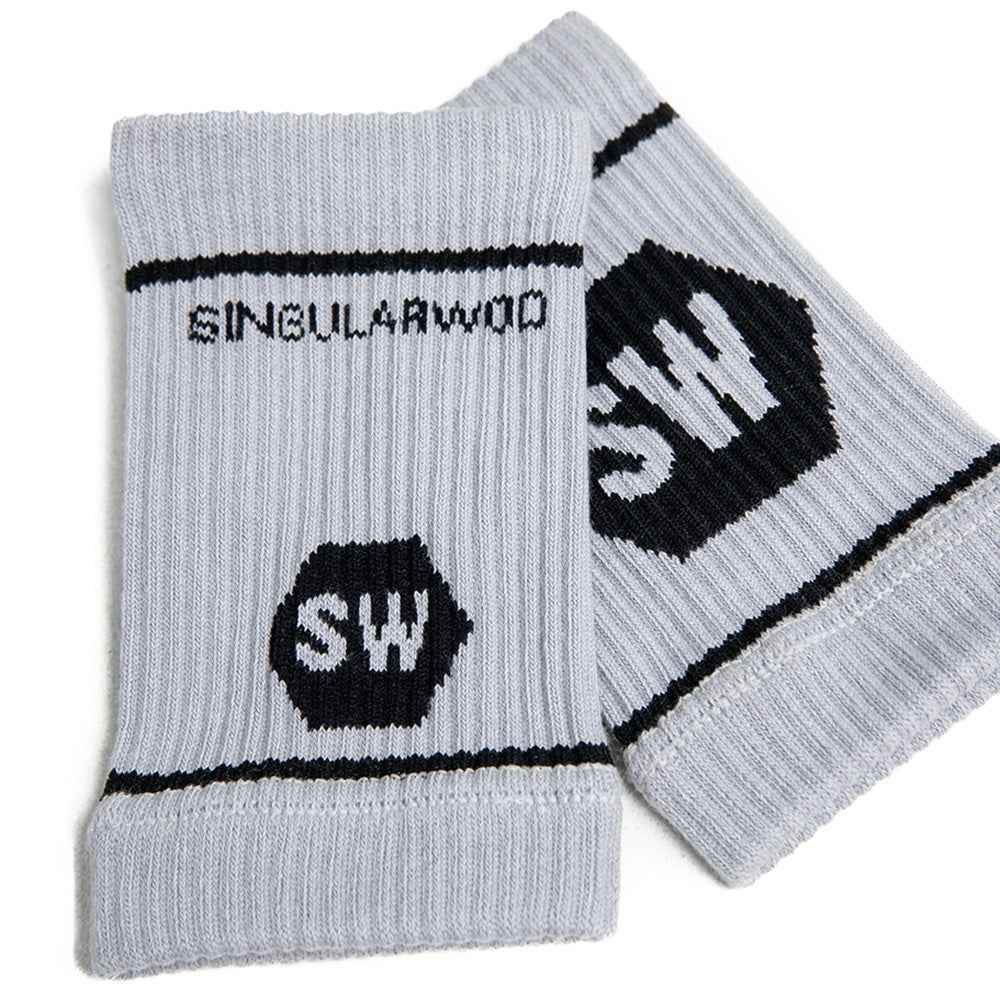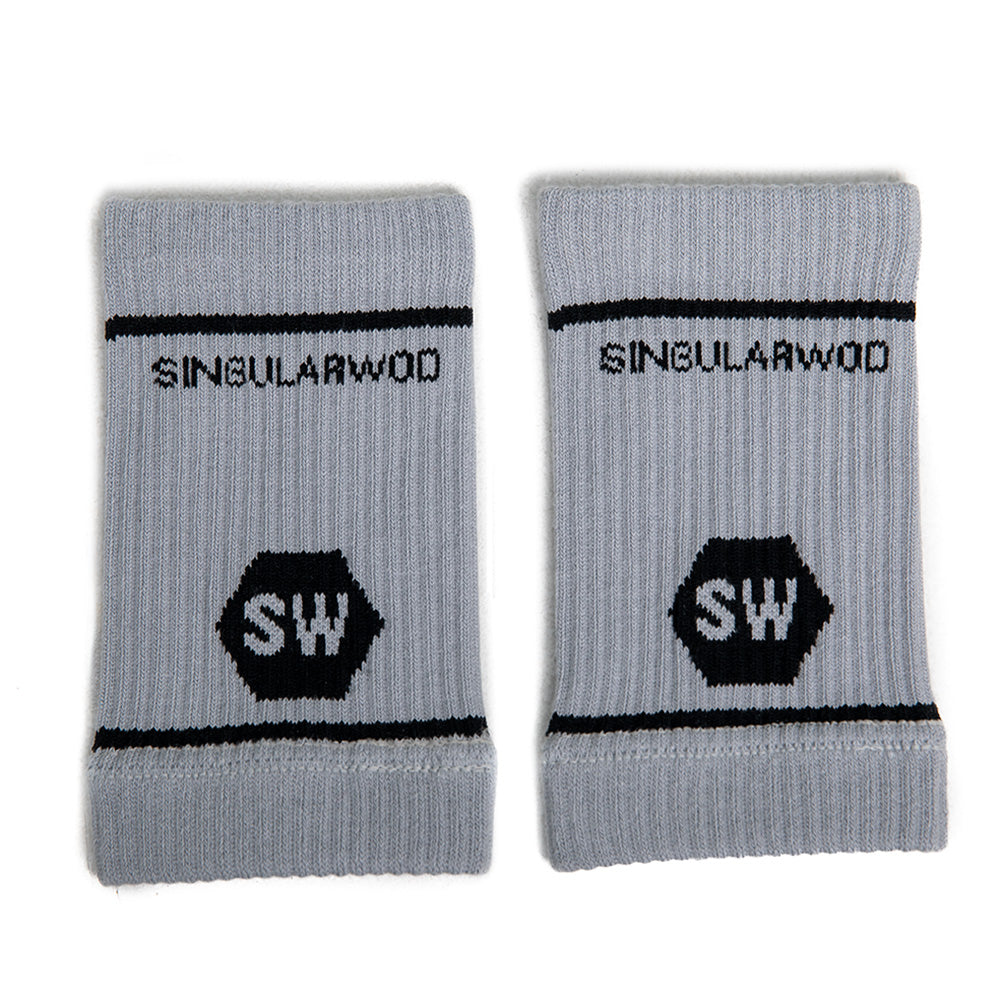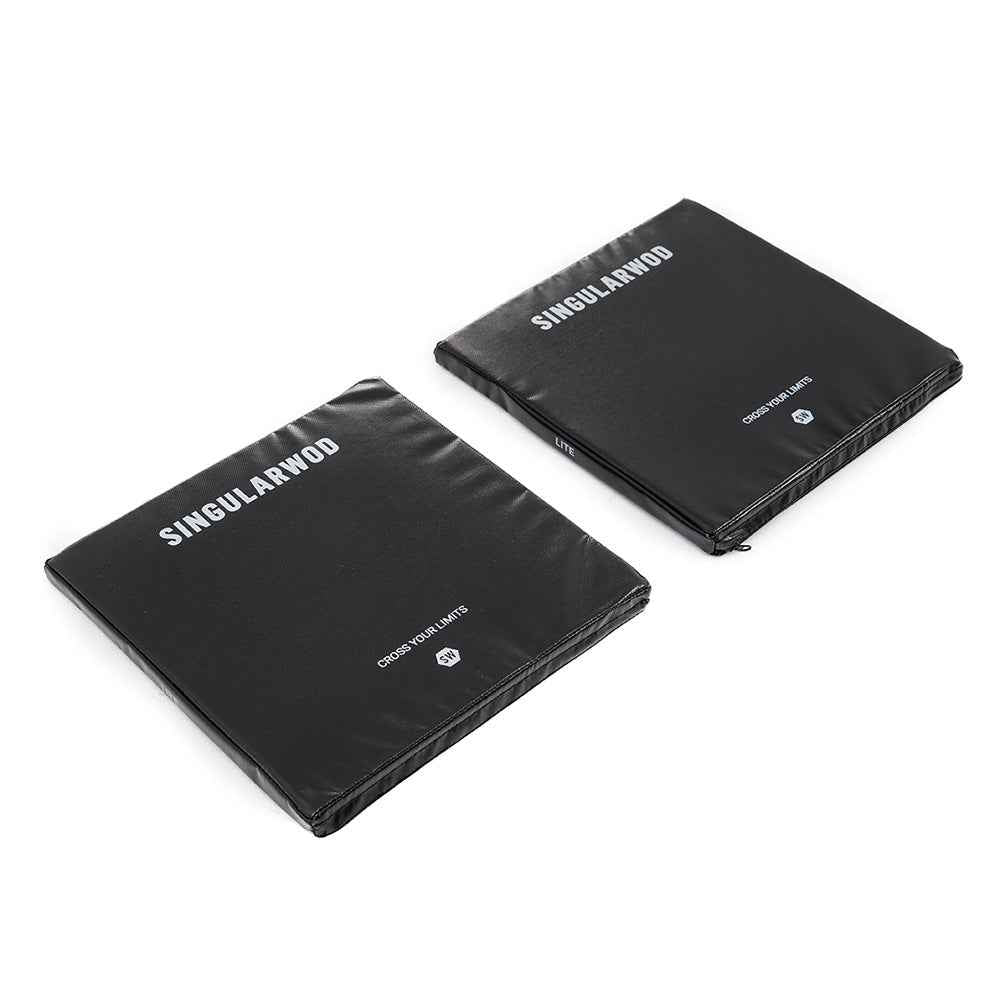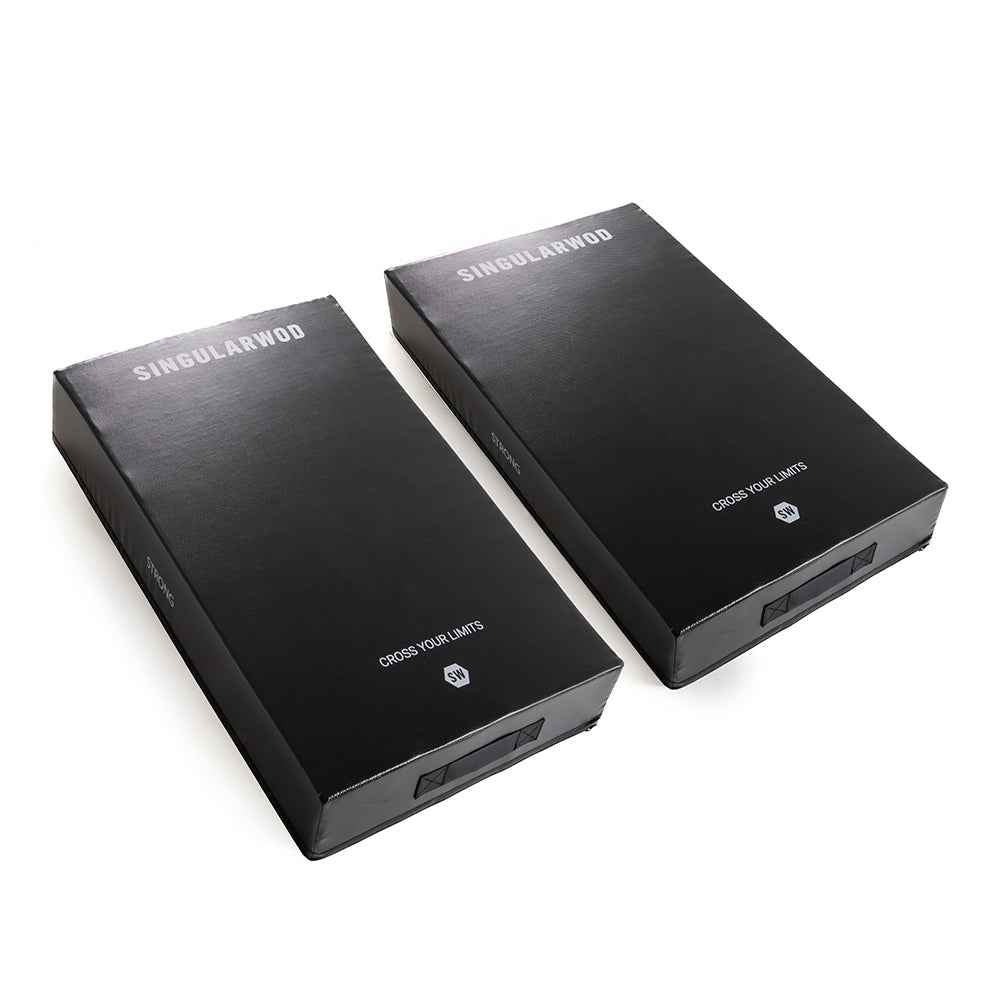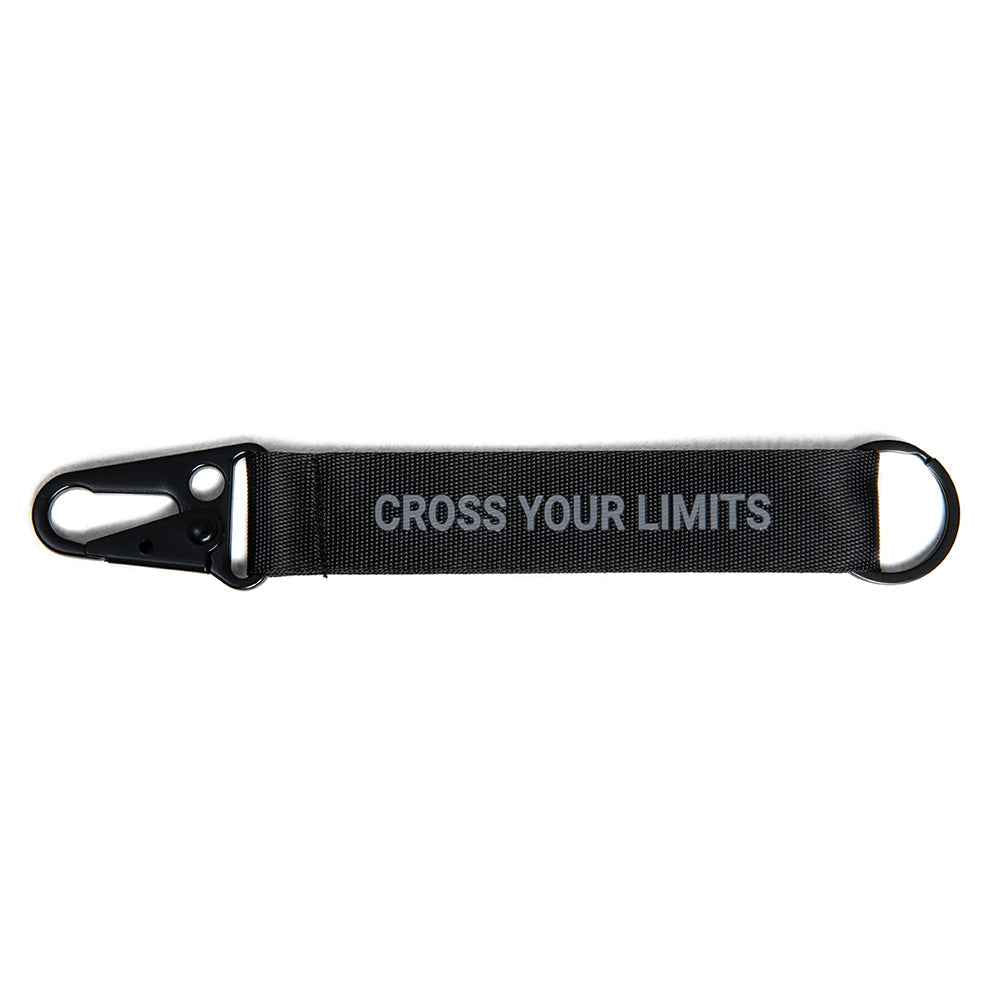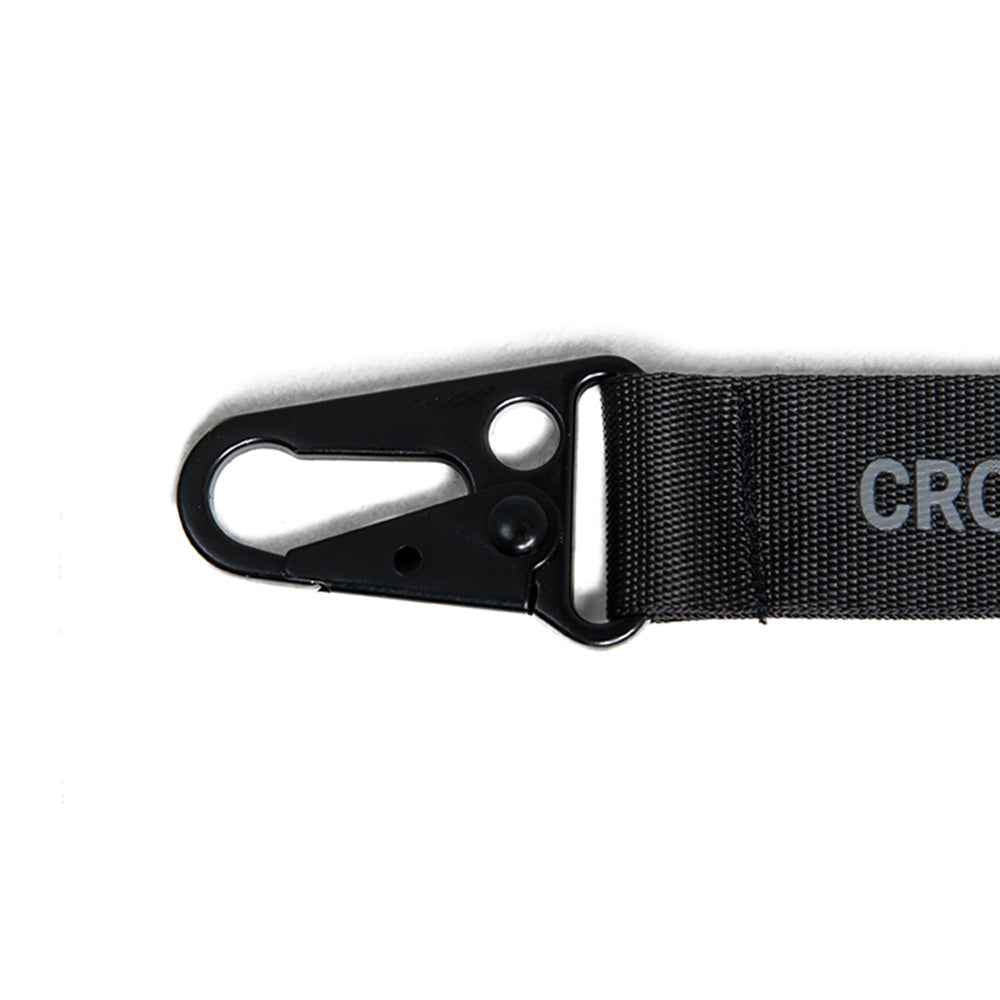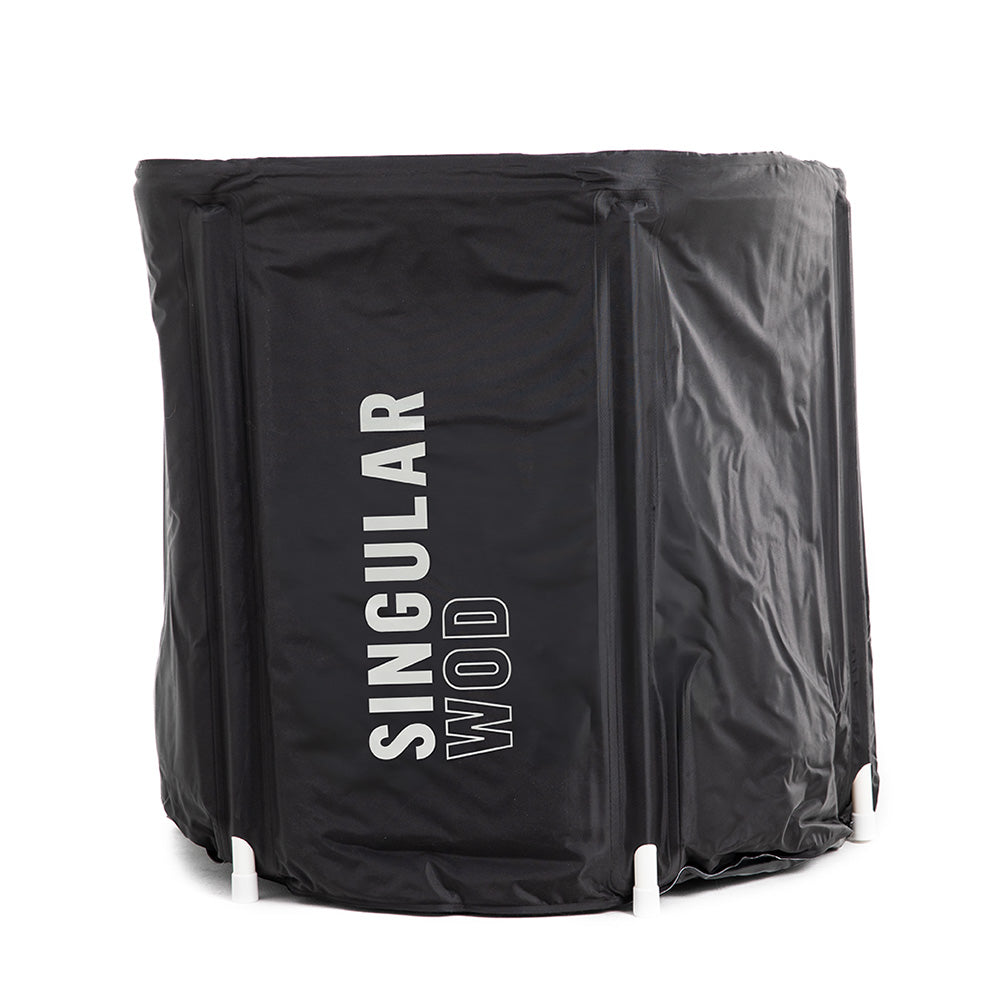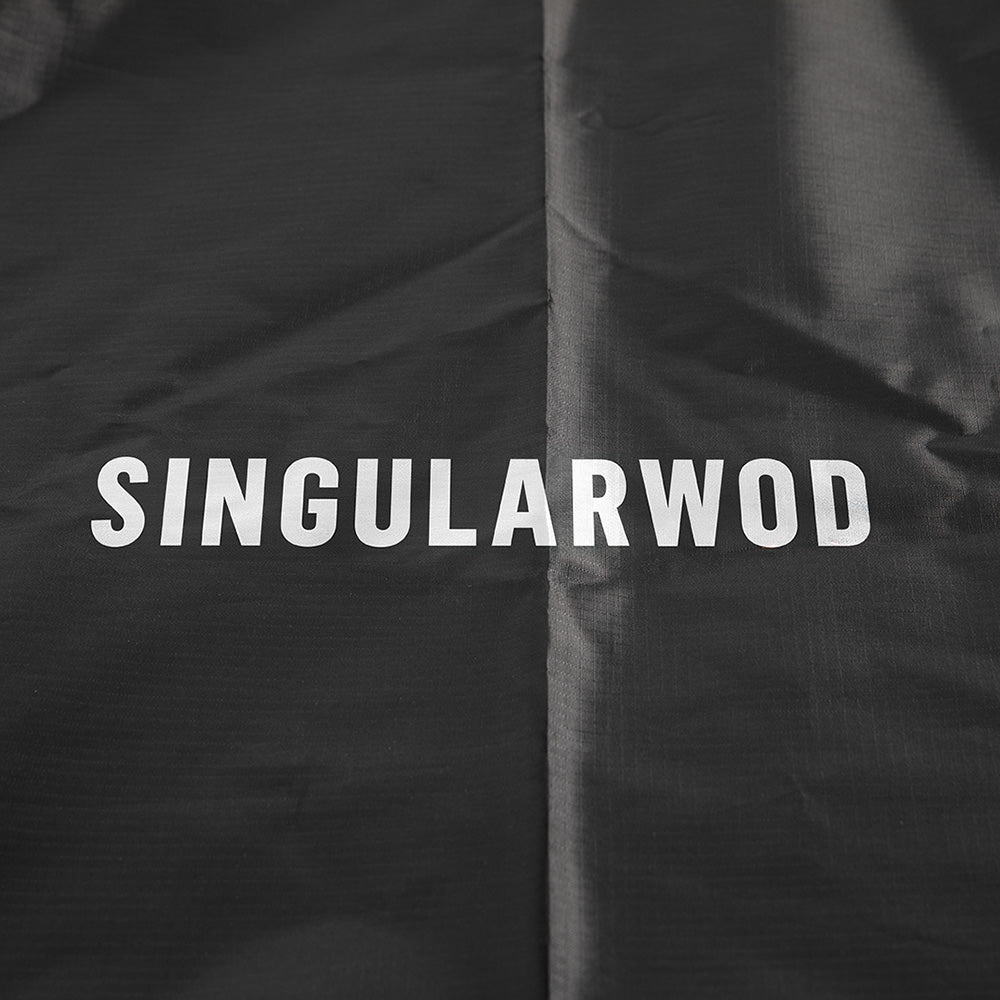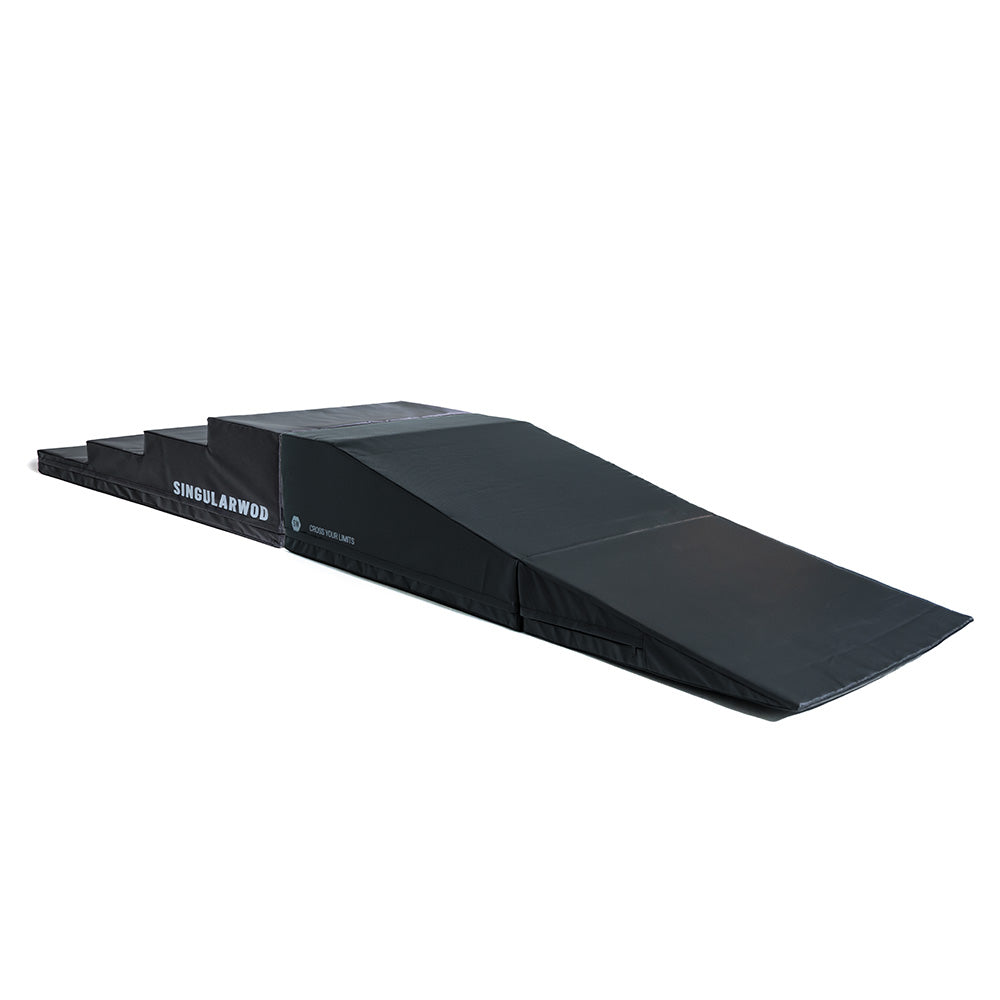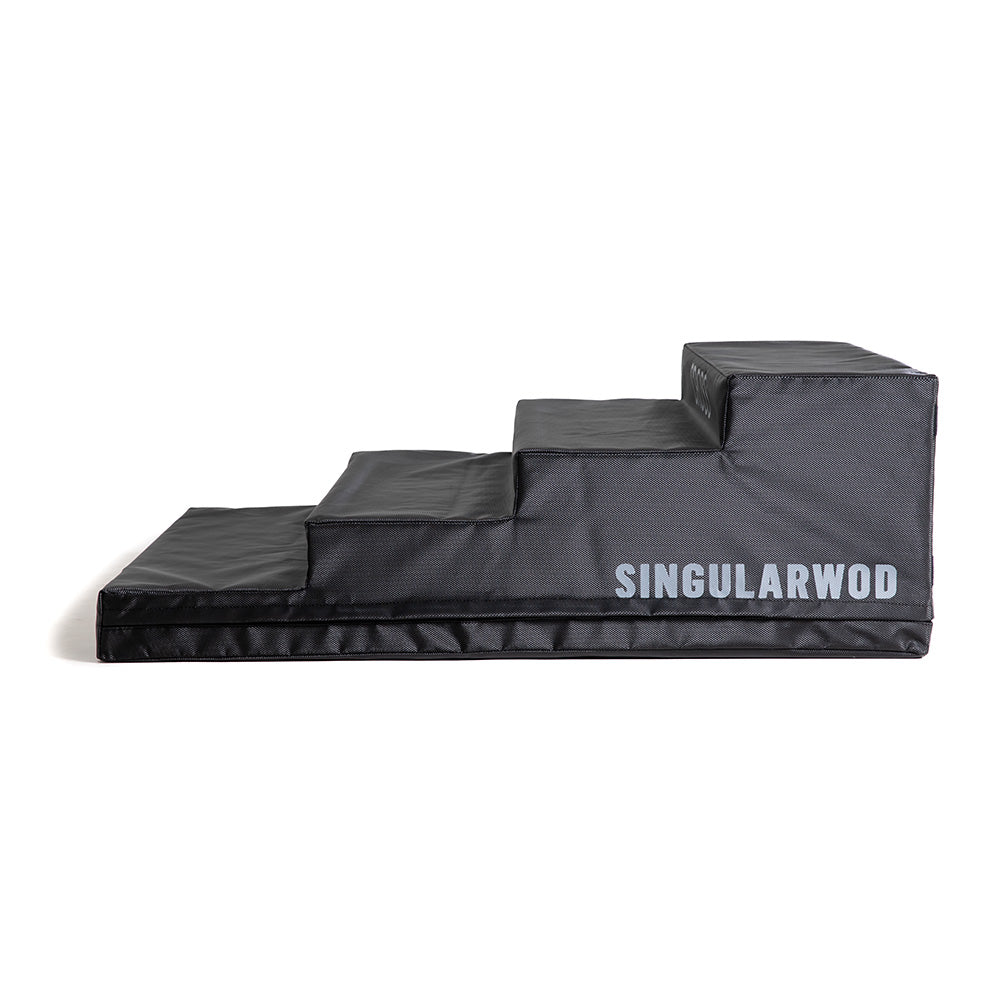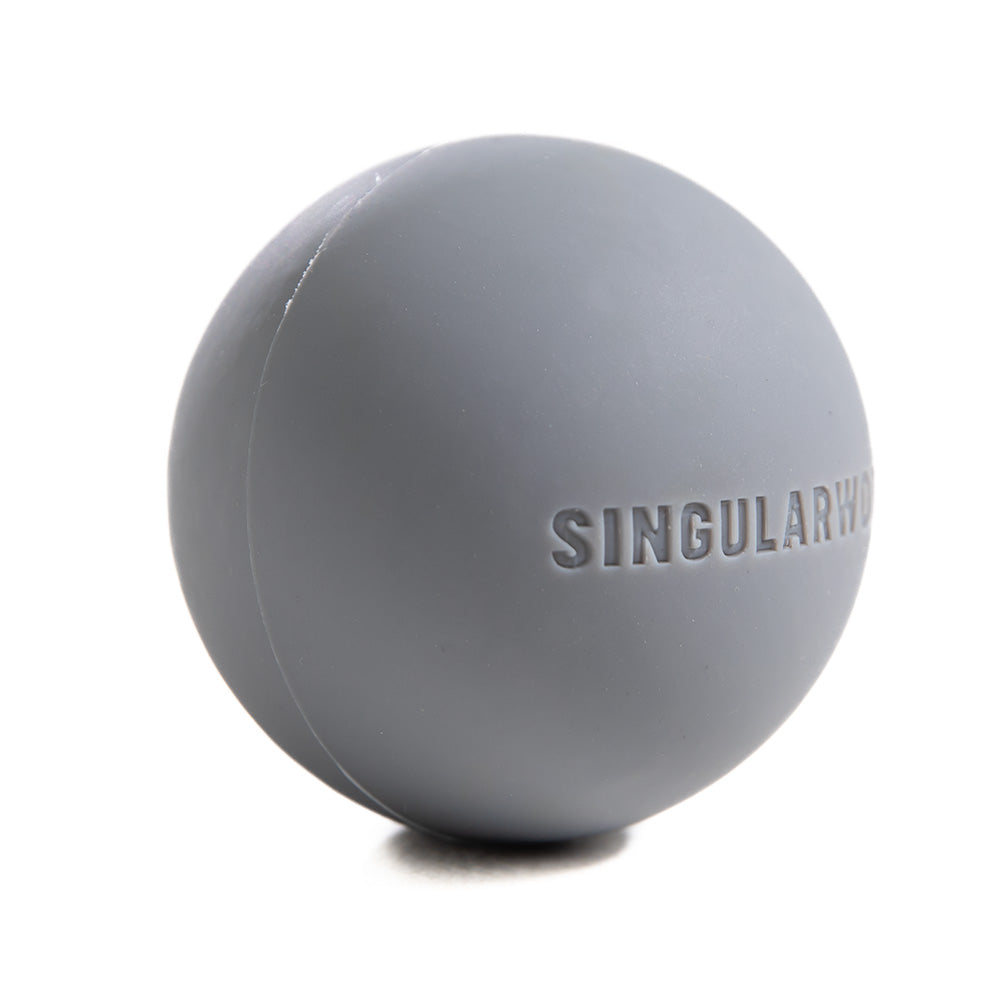Types of Olympic discs: What to choose for your strength training
Types of Olympic disc when loading your bar, there are different models of these depending on your needs, both training and space or budget. That is why today we are going to leave you the definitive guide on the types of Olympic discs that you may need.
What is an Olympic album?
An Olympic disk is one that allows you to insert it into an Olympic bar, that is, with a hole with a diameter of between 50.4 mm and 53mm, and therefore can be used in Olympic bars whose sleeves (loading areas) have a 50mm diameter.
Different Olympic Disc sizes
Within the Olympic discs we can find very obvious differences in their size. From 10 kg onwards to 25kg (in increases of 5 in 5 kilograms) these discs have a very similar size in their diameter, and from 5kg below including fractional ones, that is to say the children of 5 kg, they vary that in size as they reduce their weight.
The reason that large discs have the same diameter is that the bar is stable when we have it supported by the ground. But it is true that sometimes that diameter varies in millimeters so that we can load and download the discs with some ease and do not drag on the ground.
Materials of different discs for Olympic bar
On the other hand, we can catalog different types of Olympic discs depending on the material in which they are manufactured. These materials range from the so -called bumpers, which are manufactured in rubber, to the Iron or calibrated casts that we can find in different metal alloys. This differentiation of materials will also allow us to observe a big difference in thickness. because the density of a metallic disk is much greater than that of a rubber disk.
All this serves to make a general differentiation, without going into a lot of depth in the world of Olympic discs, since depending on the manufacturer we can find different types of rubber, different types of rubber pressed, different types of filling (in which sometimes they include metallic parts) and equally in the metal discs we can find different densities, finishes or calibrations.
Let's see what are the most common types of Olympic discs.
Bumpers discs
These albums are the most common in training centers such as Gymnasiums and Cross Training Box. They are manufactured in rubber and sometimes have internal metal discs to increase their density and weight. Rubber allows you to lower the cost and secondly reduce vibrations and noise in sports facilities. As against, this thickness prevents we can put a lot of weight in the bar.
Within the Bumpers range there are different qualities, varieties and finishes, such as Hi-Temp, elite, competition or training for example.
The training Olympic discs
Manufactured in rubber they have great resistance, and a collar where you introduce the metal bar. You can find them in color (with the typical colors of haleterophilia and powerlifting) or in black.
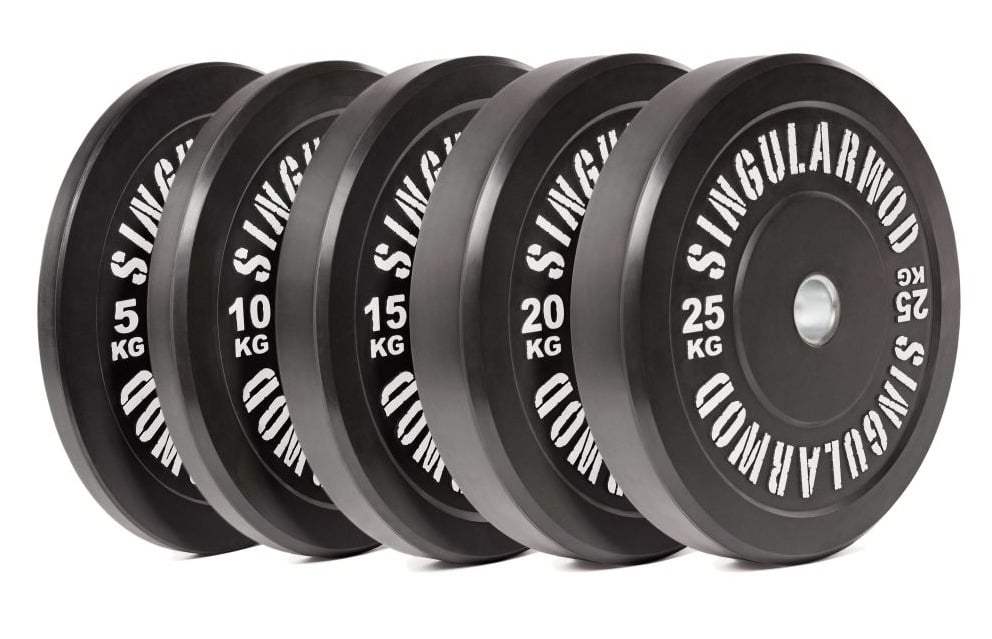
Elite Olympic discs
These discs make a leap in quality, are easy to differentiate both by the outer rubber finish, as well as the large metal disk that adds resistance and density.
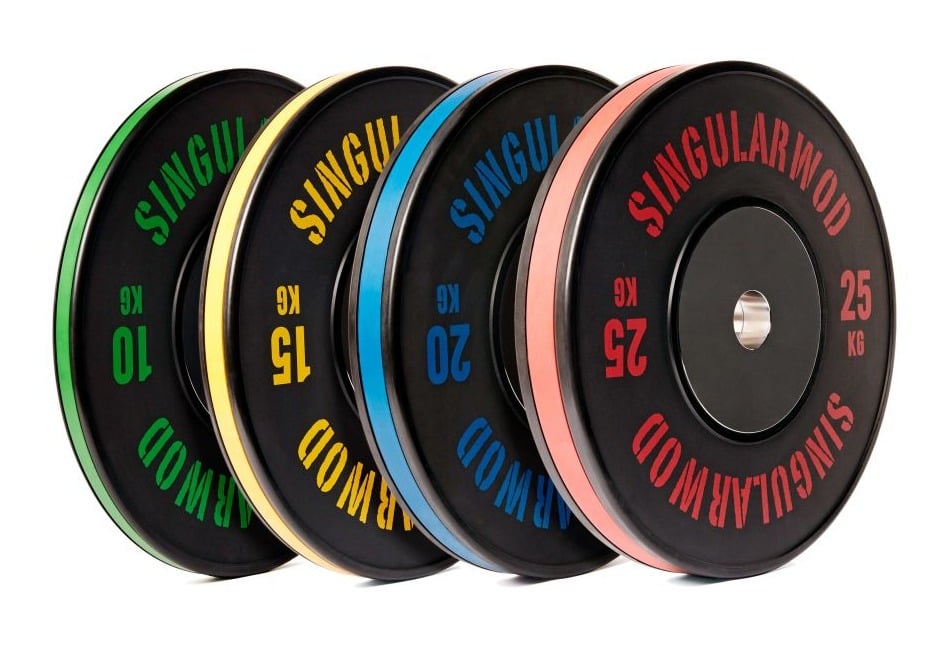
Olympic competition discs
Manufactured in virgin rubber, in this case the jump is not only as materials but in precision, as they are calibrated with a tolerance of +/- 10 grs. In addition, the interior disc is designed to withstand the heaviest falls.
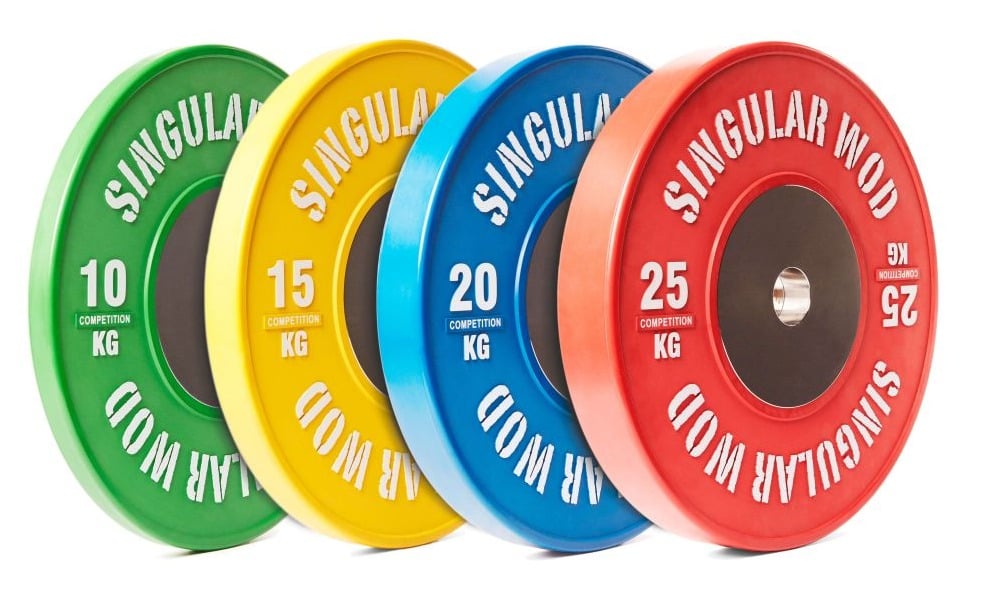
Olympic fractional discs
They are those ranging from 5kg to 0.5 kg. They are usually made with a steel nucleus and are covered in rubber or rubber.
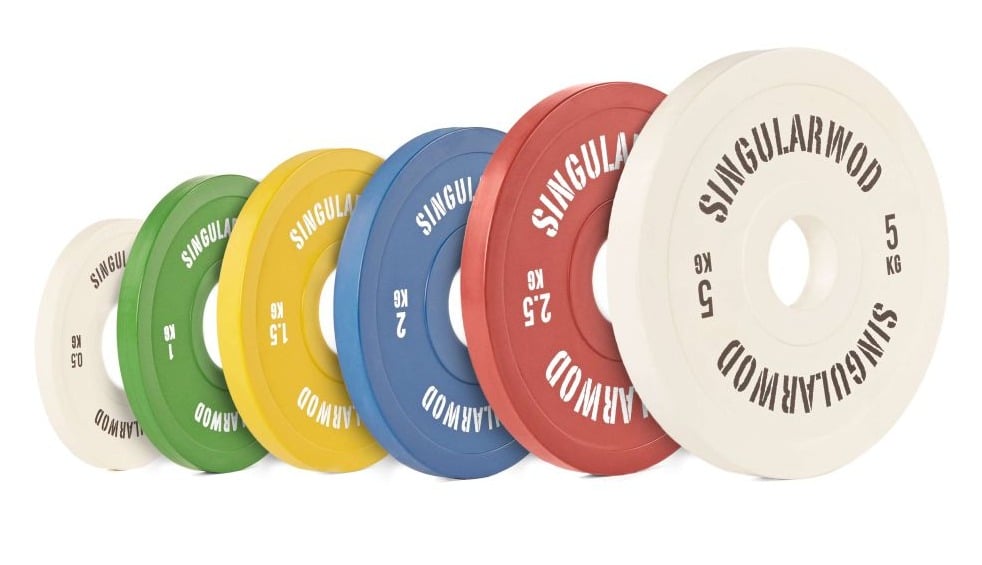
Olympic technical discs
They are discs whose measures resemble those with greater weight in height and thickness but their weight is usually 2’5kg or 5kg and are manufactured entirely in plastic.
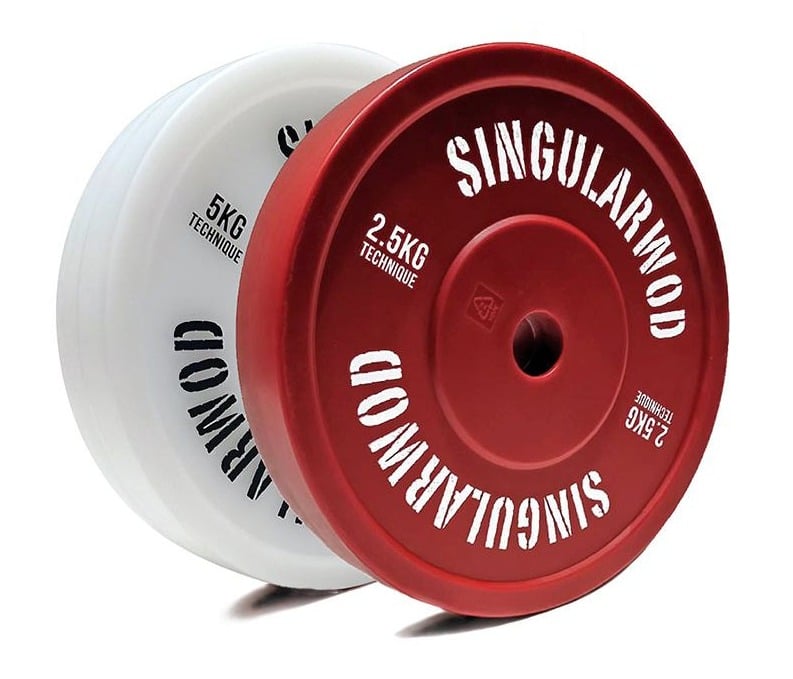
Olympic metal discs
We can find these albums with different finishes, but the most precious ones are usually the calibrated, usually used in PowerLifting. They have very precise tolerances of barely +/- 10 grams and are usually of smooth metal with a slight bezel on the edge that facilitates their grip. These albums have a diameter of up to 45cm but their thickness is much lower than the bumper, as they are much densest. To get an idea, an Olympic Powerlifting metal disk has only 22mm thick compared to 66mm of an Olympic competition bumper.
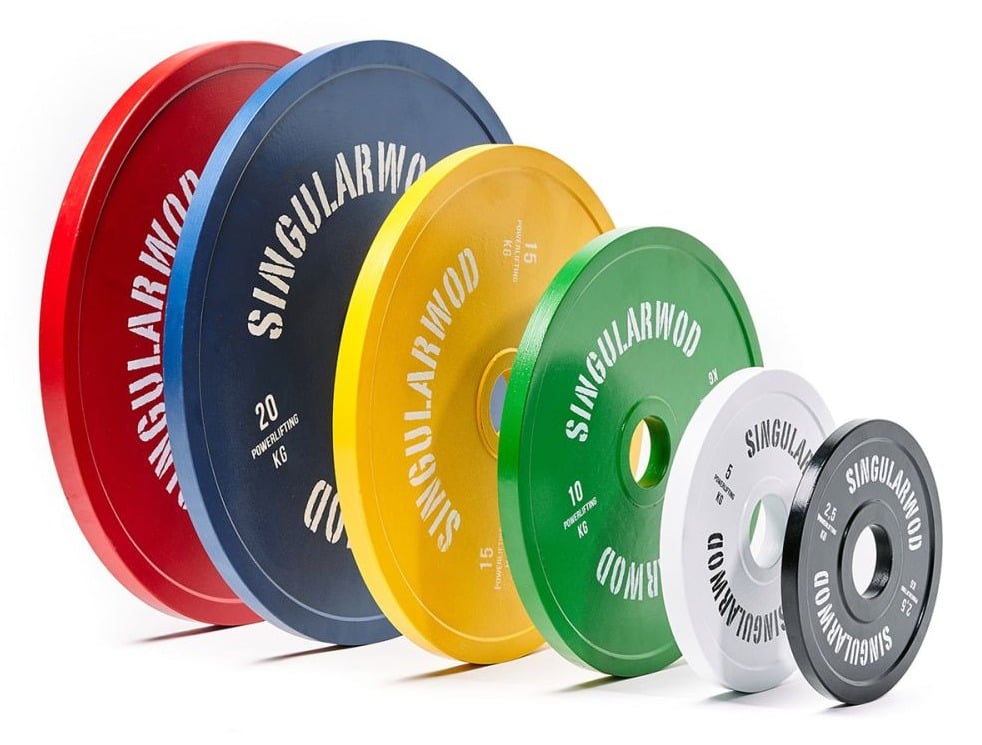
Before buying we recommend that you ask a professional company to help you choose the records that suit you most based on your training needs (type of sport, intensity of use, facilities ...) and your budget. Maybe the most expensive and calibrated are not for you if for example you have not considered competing.
